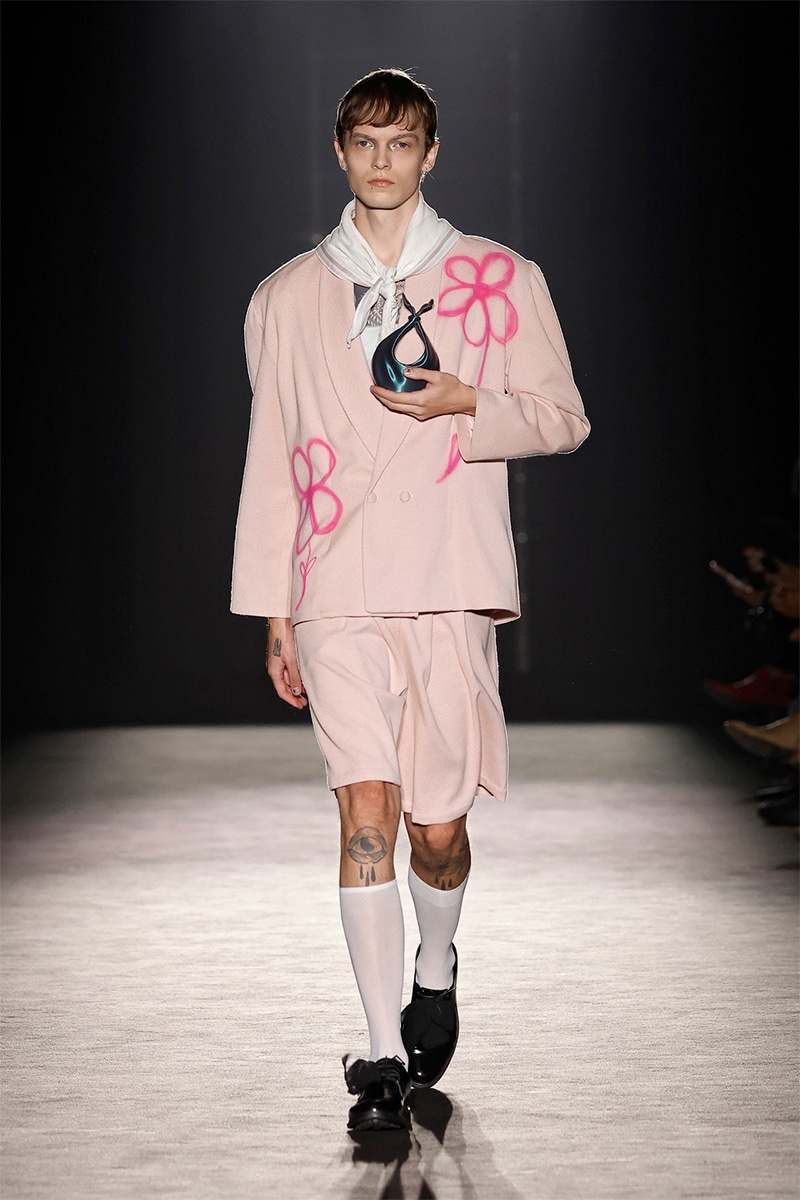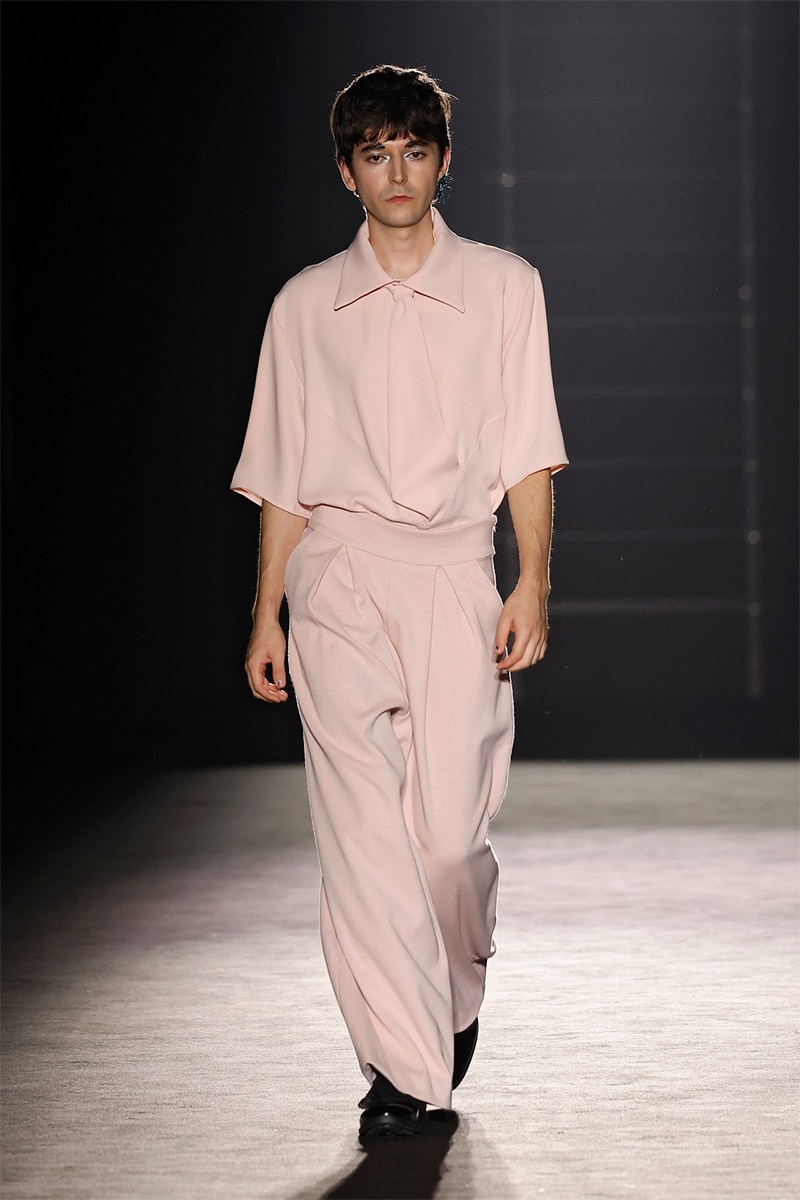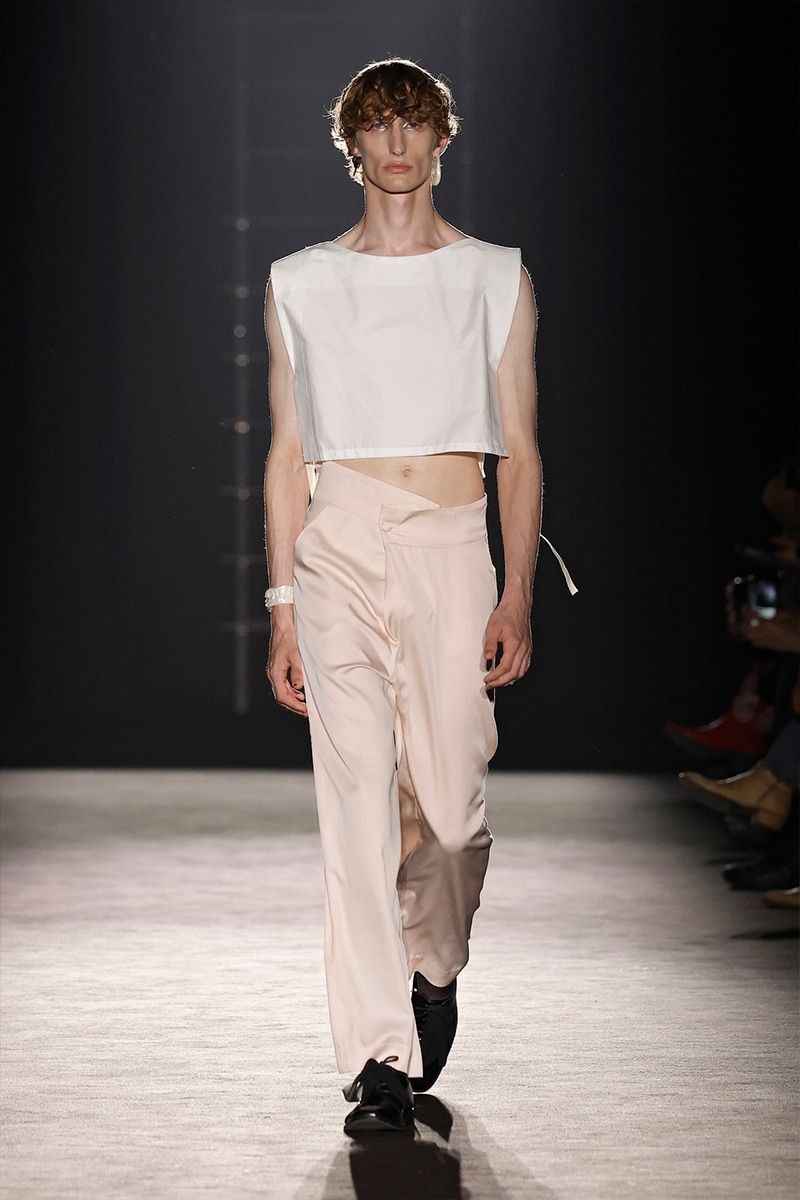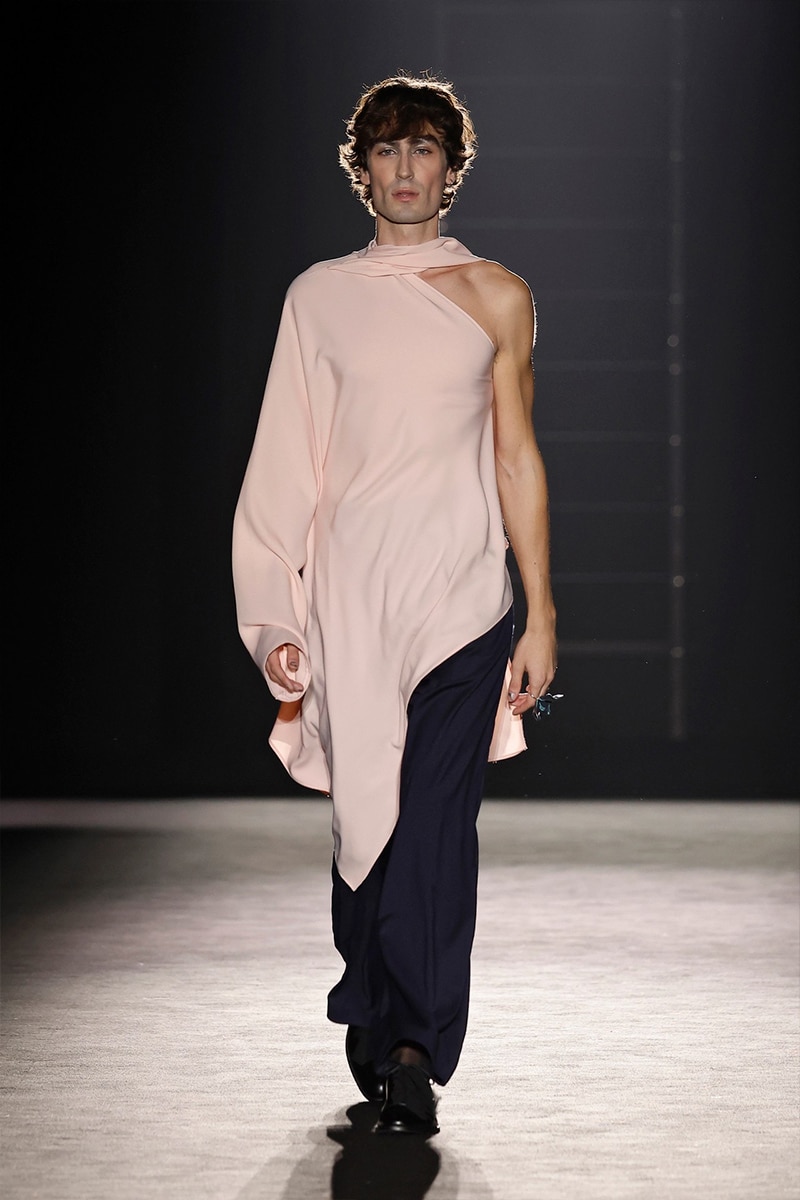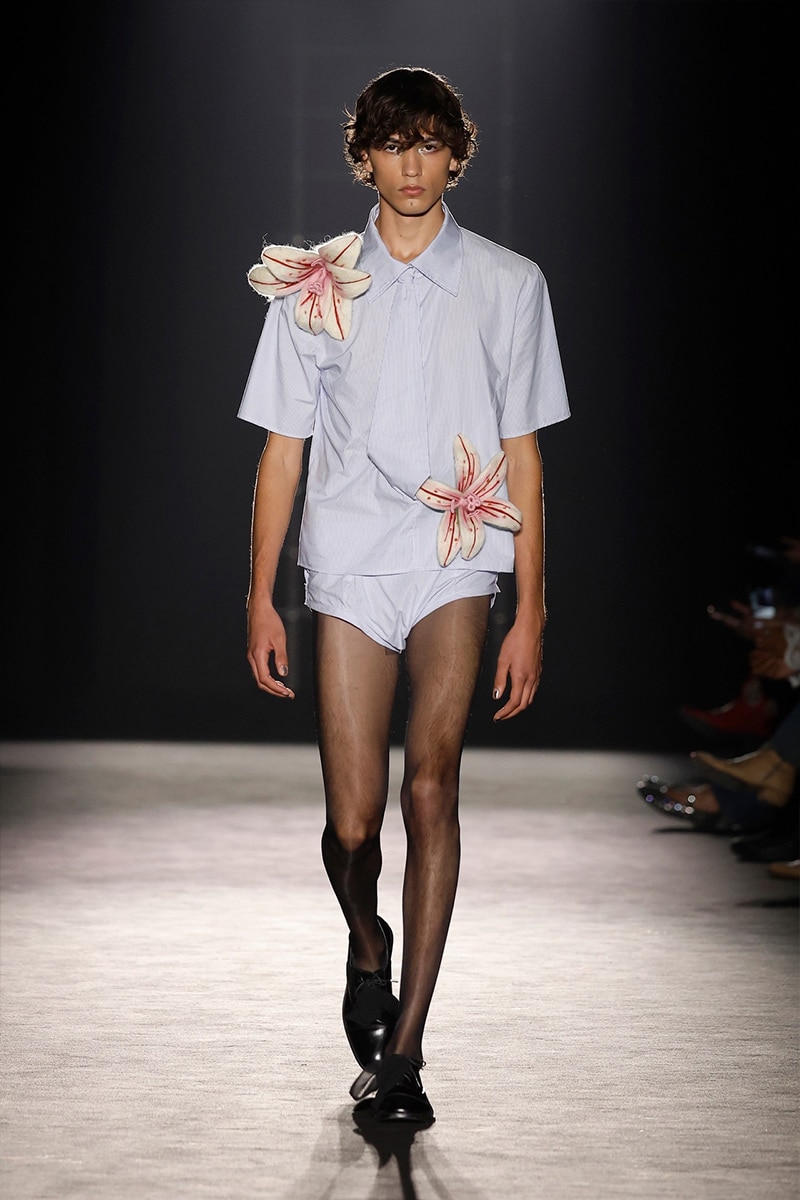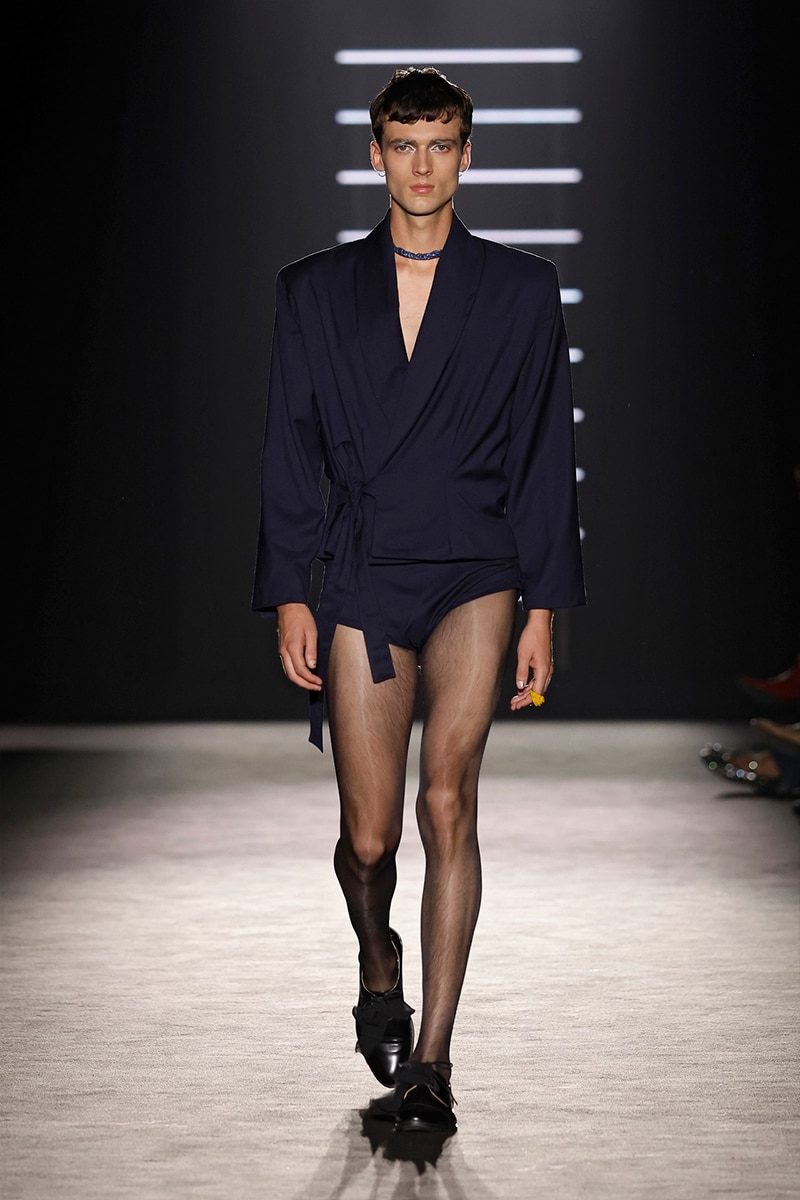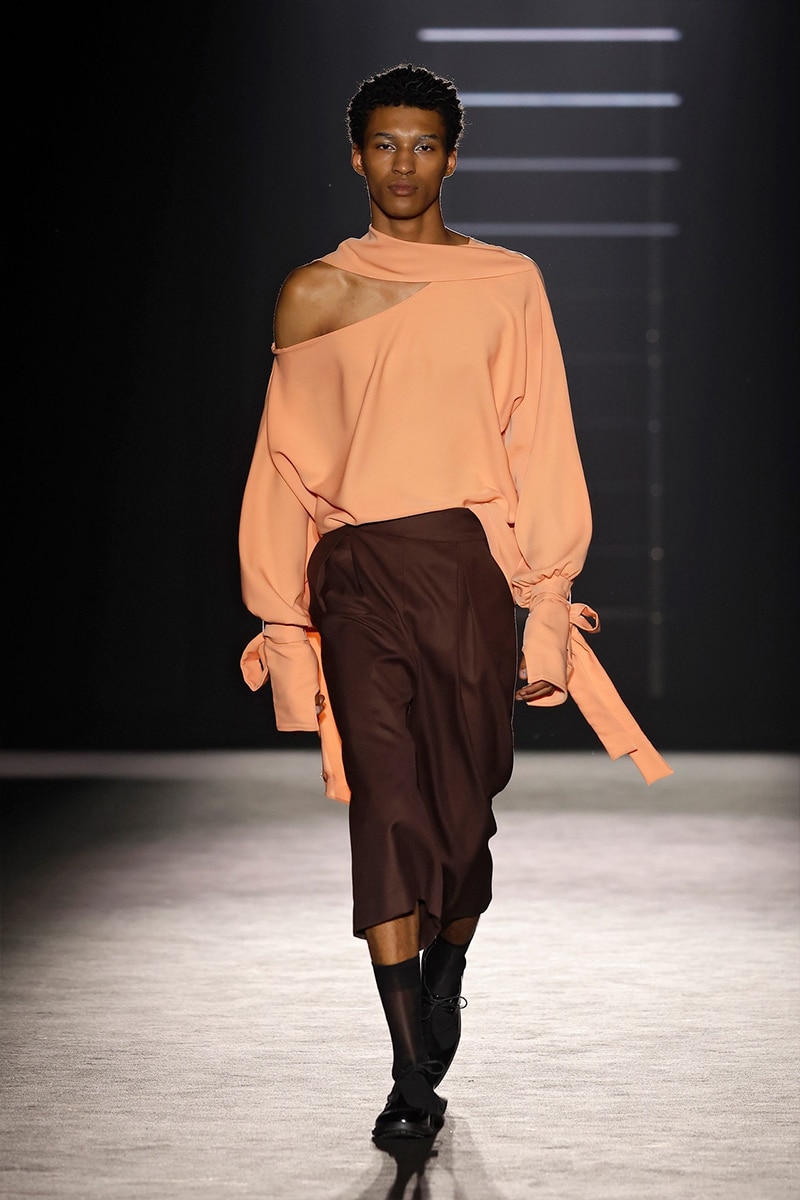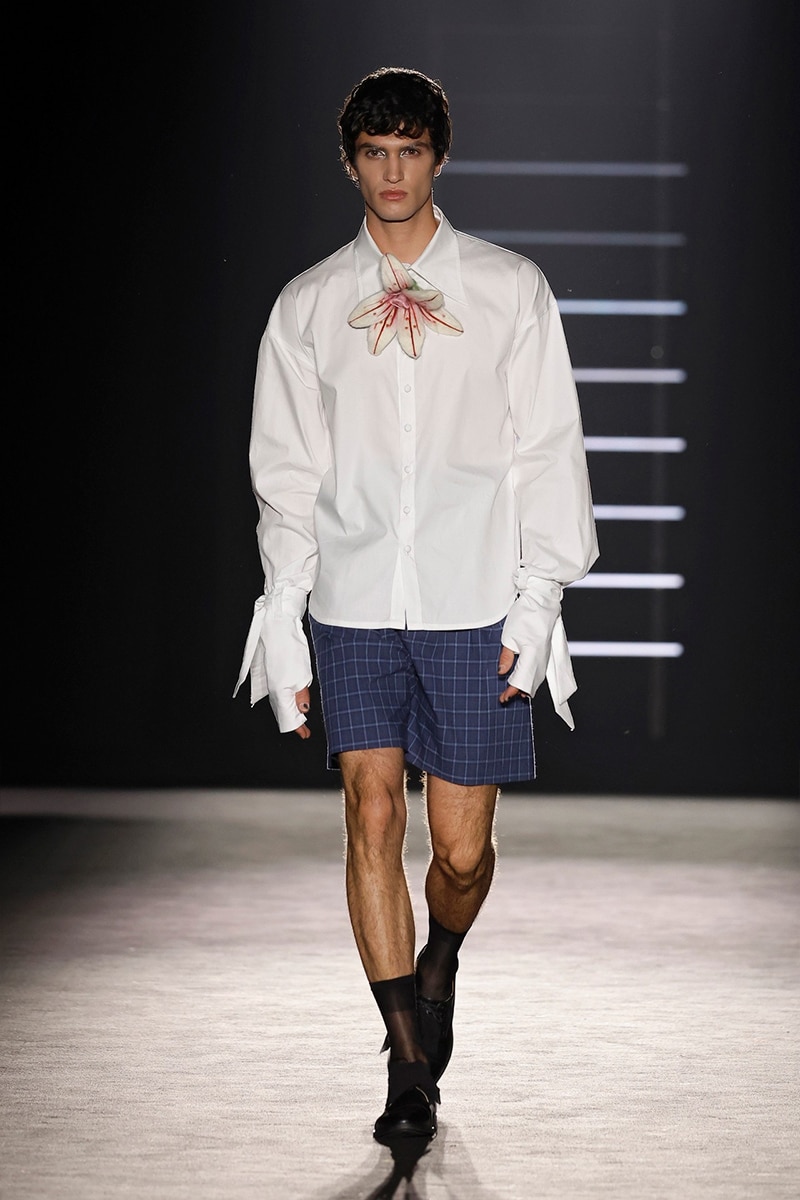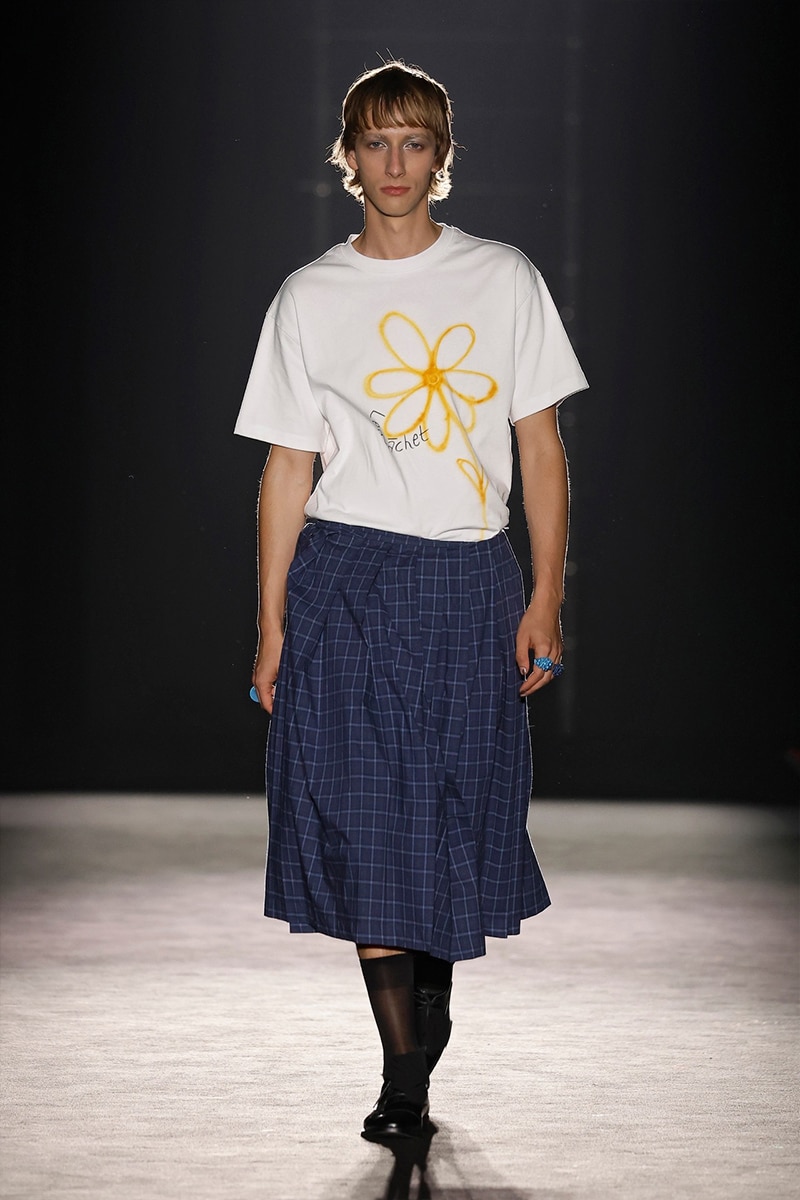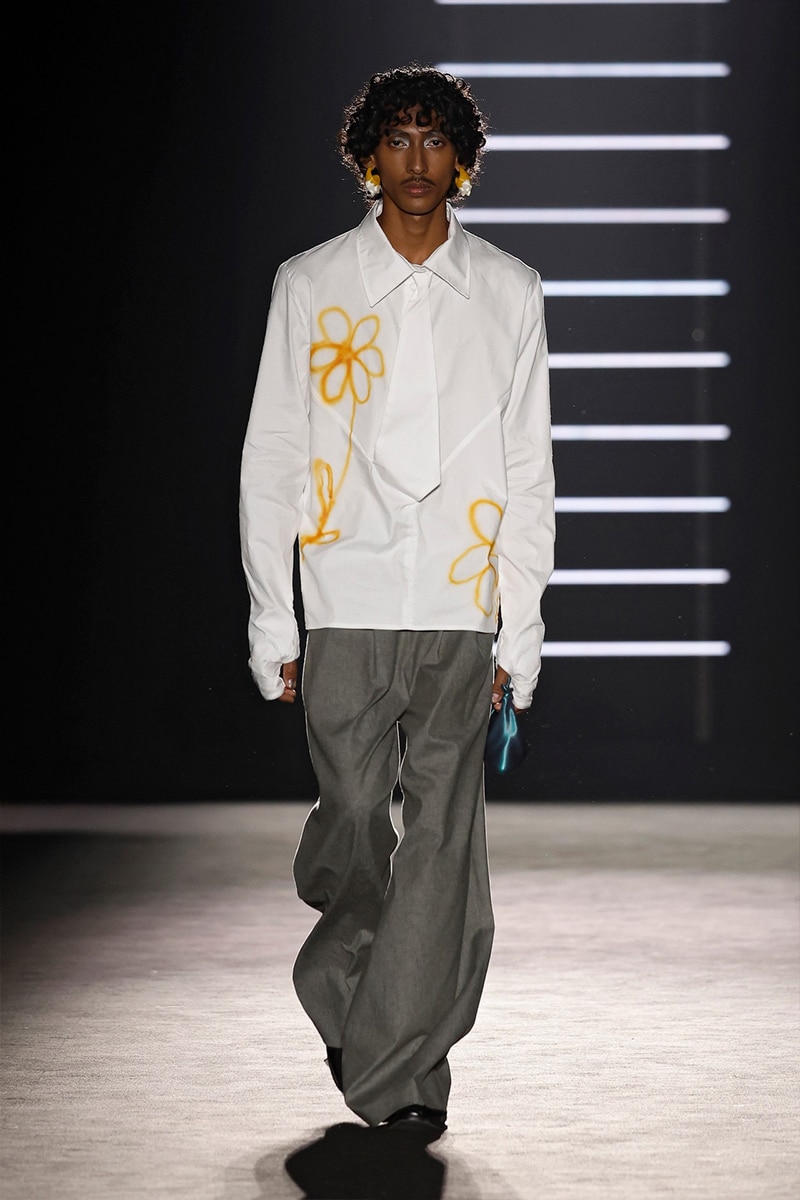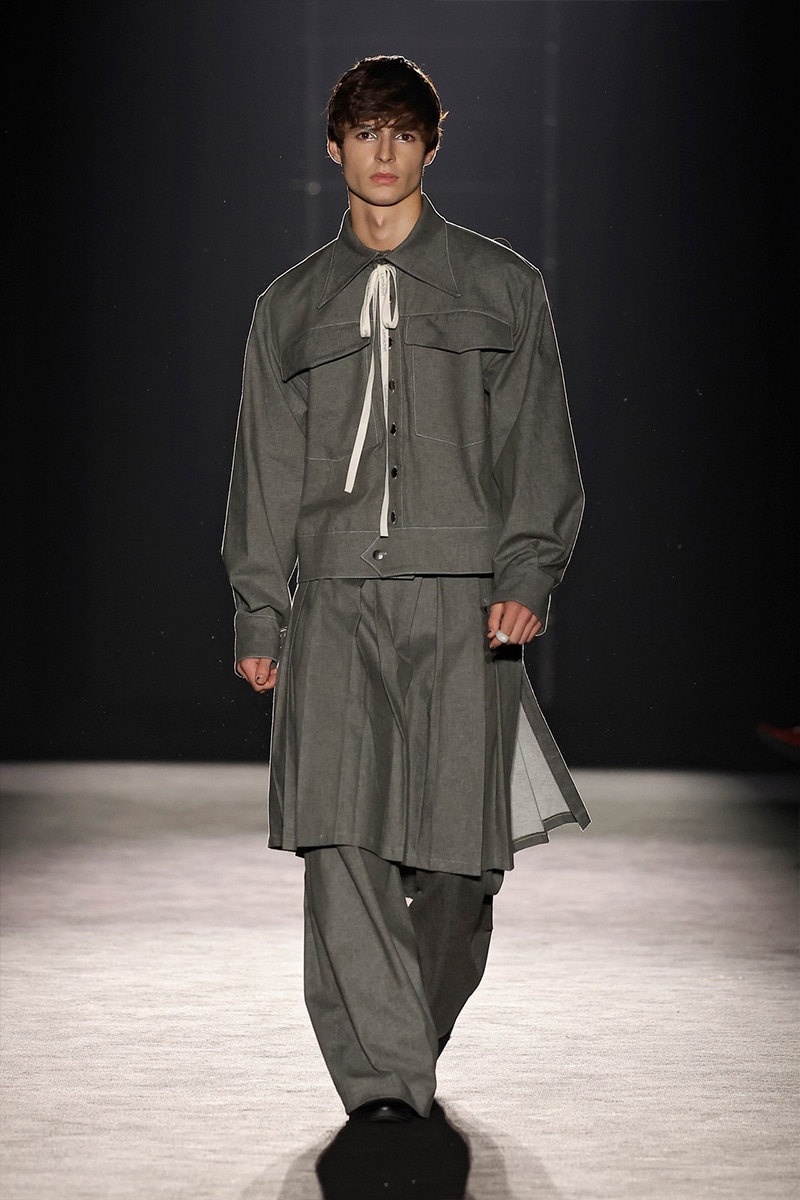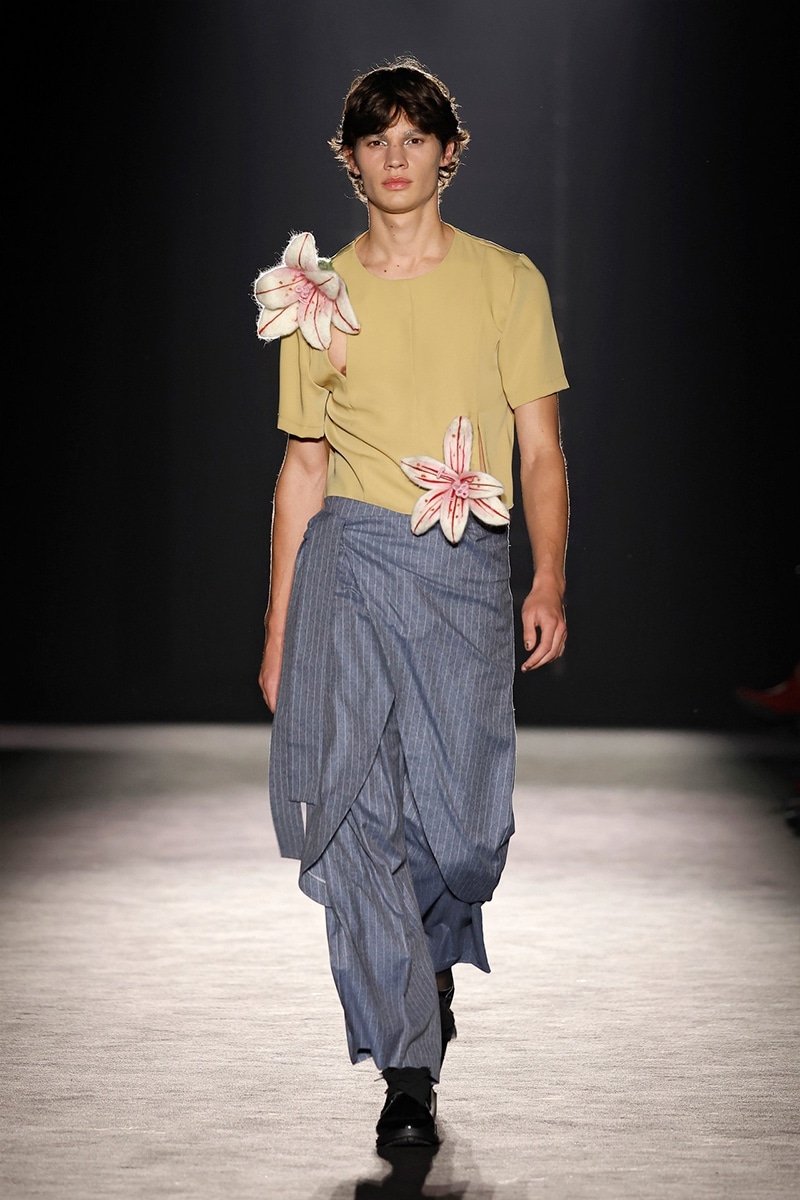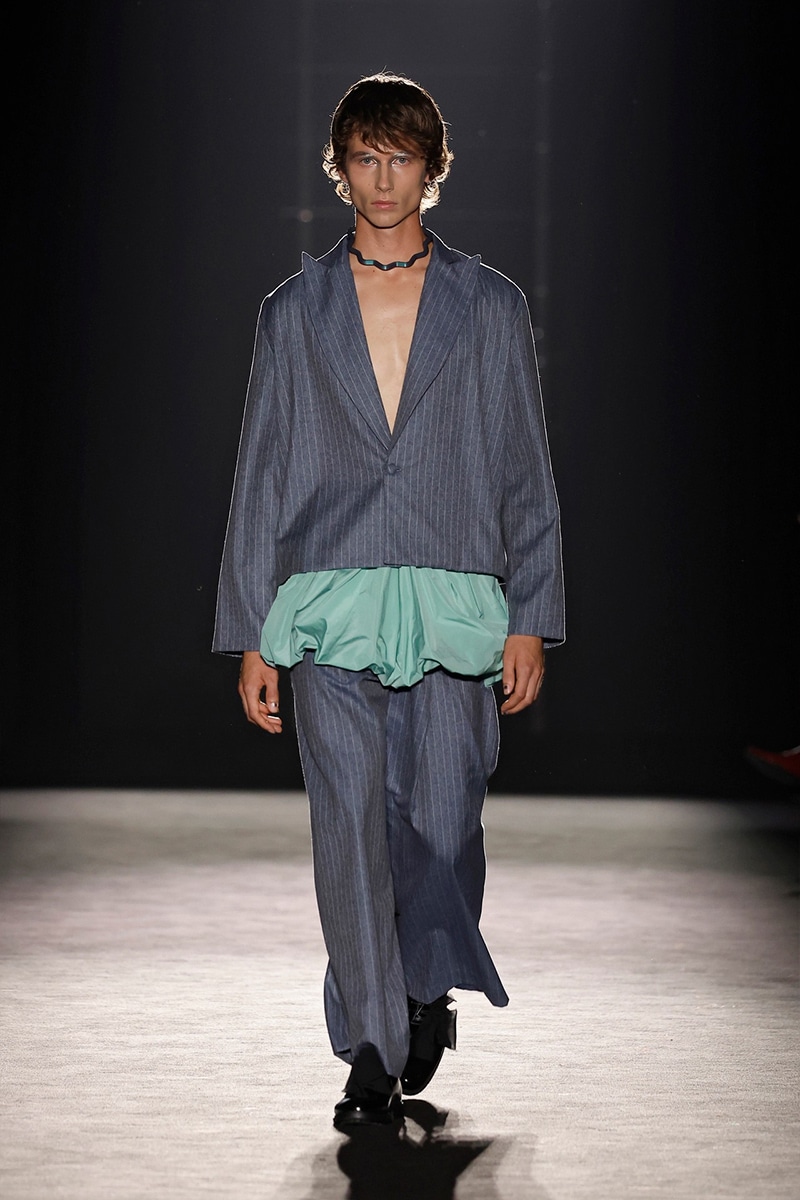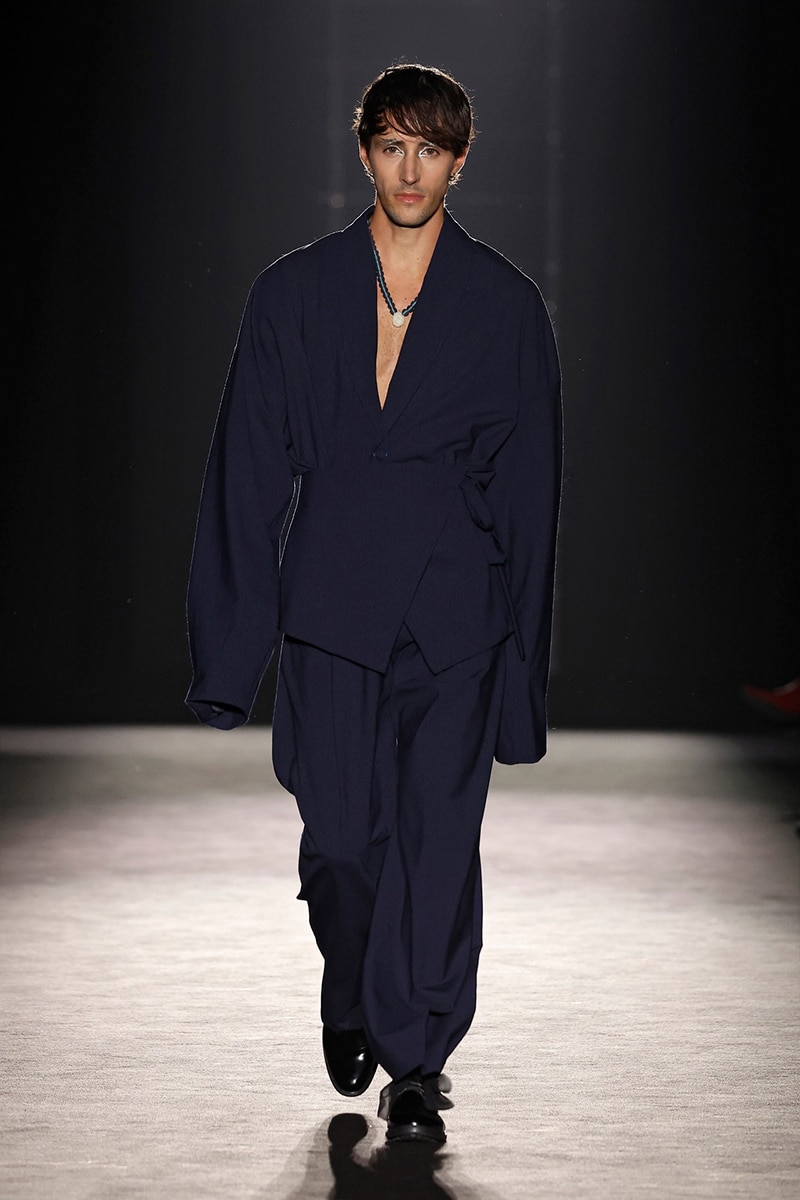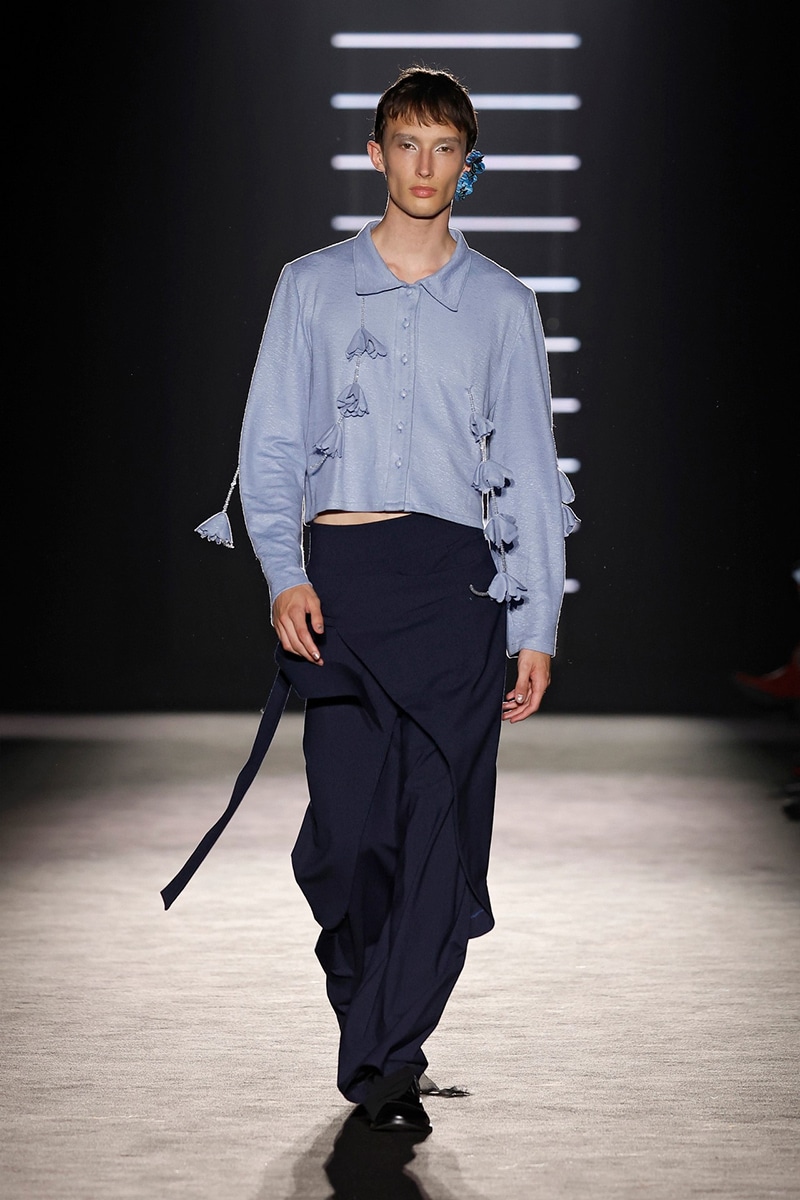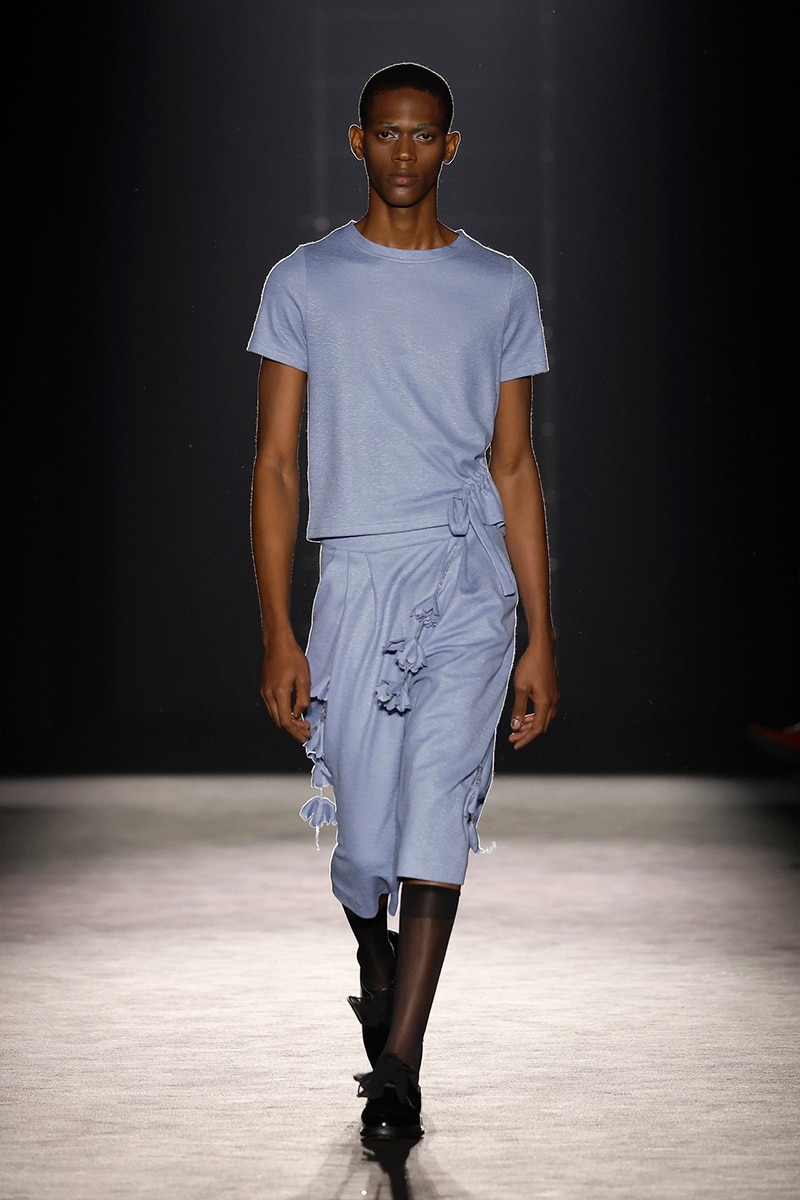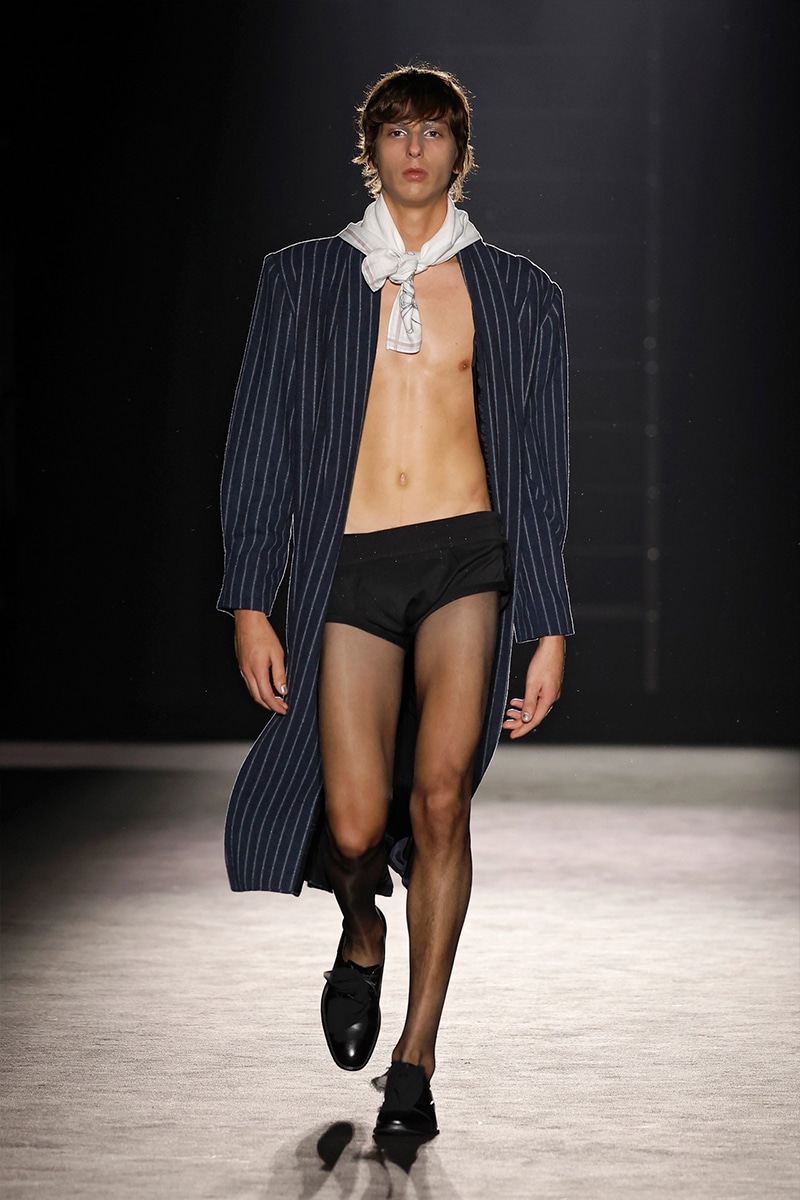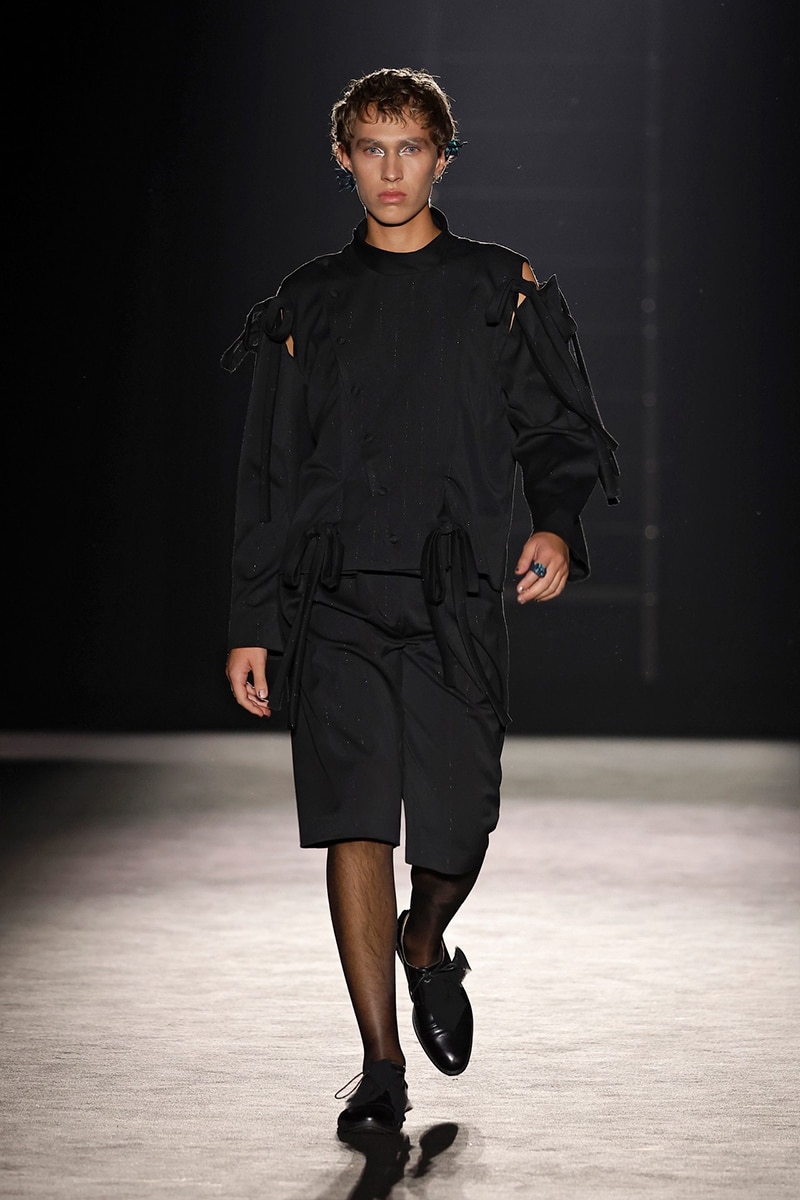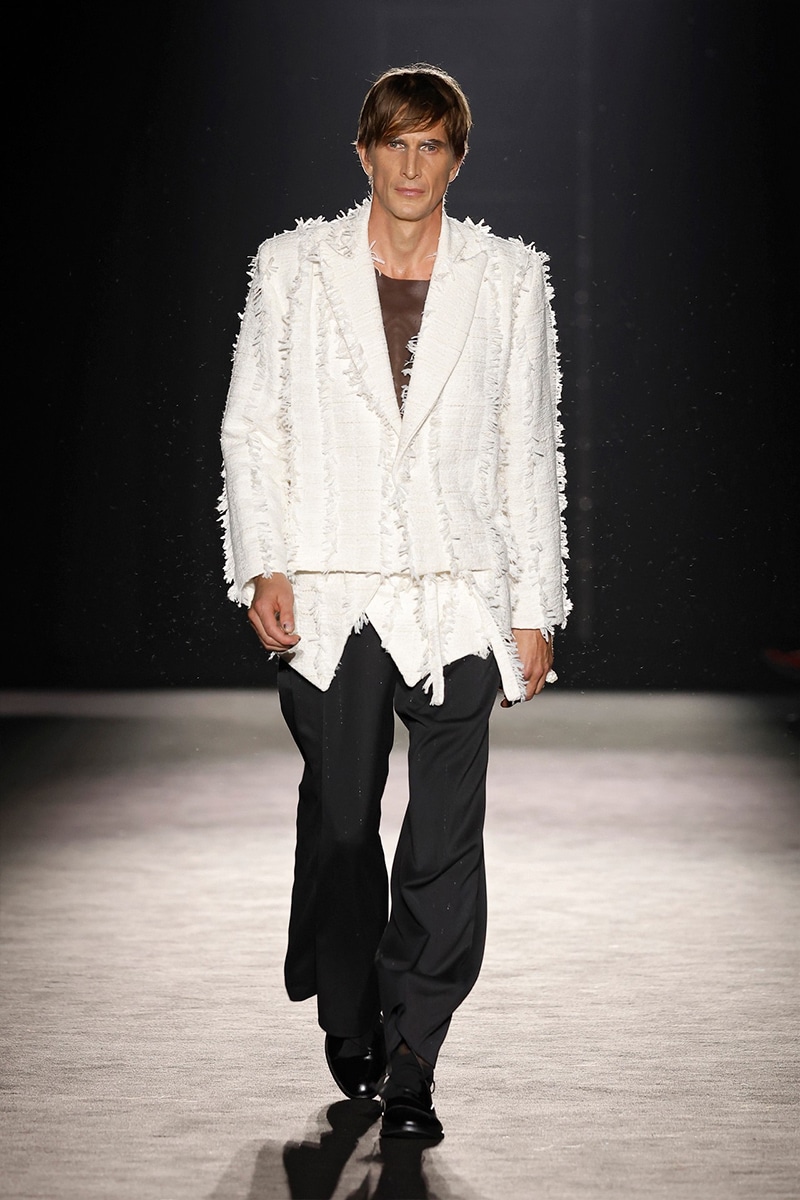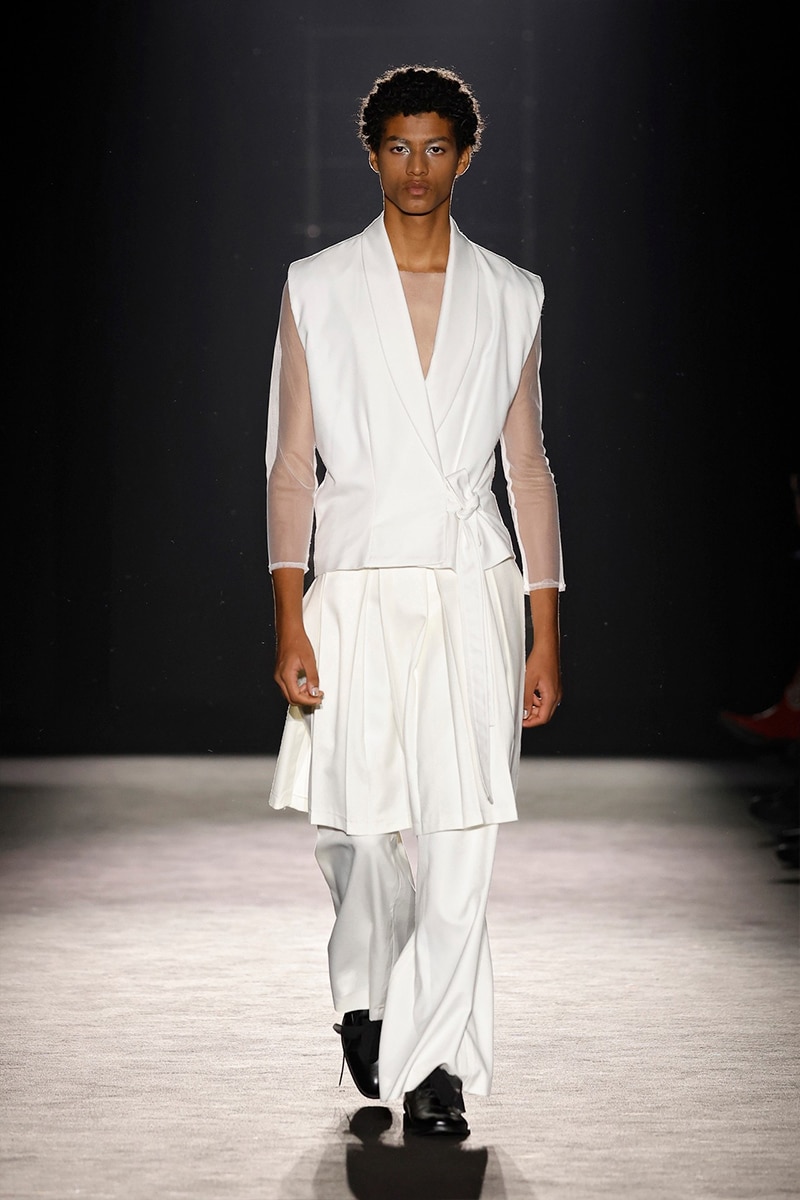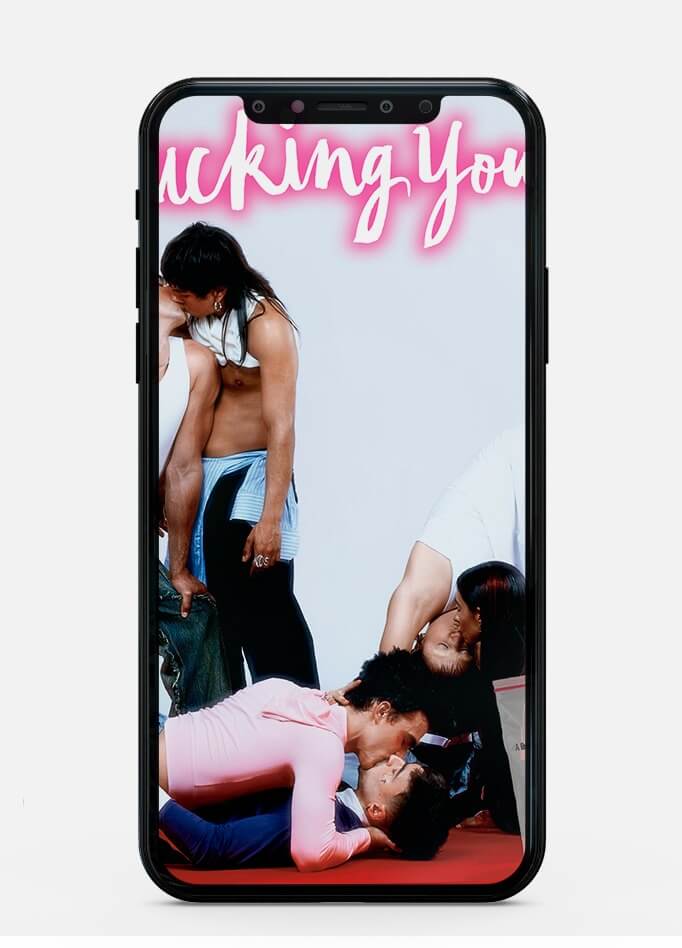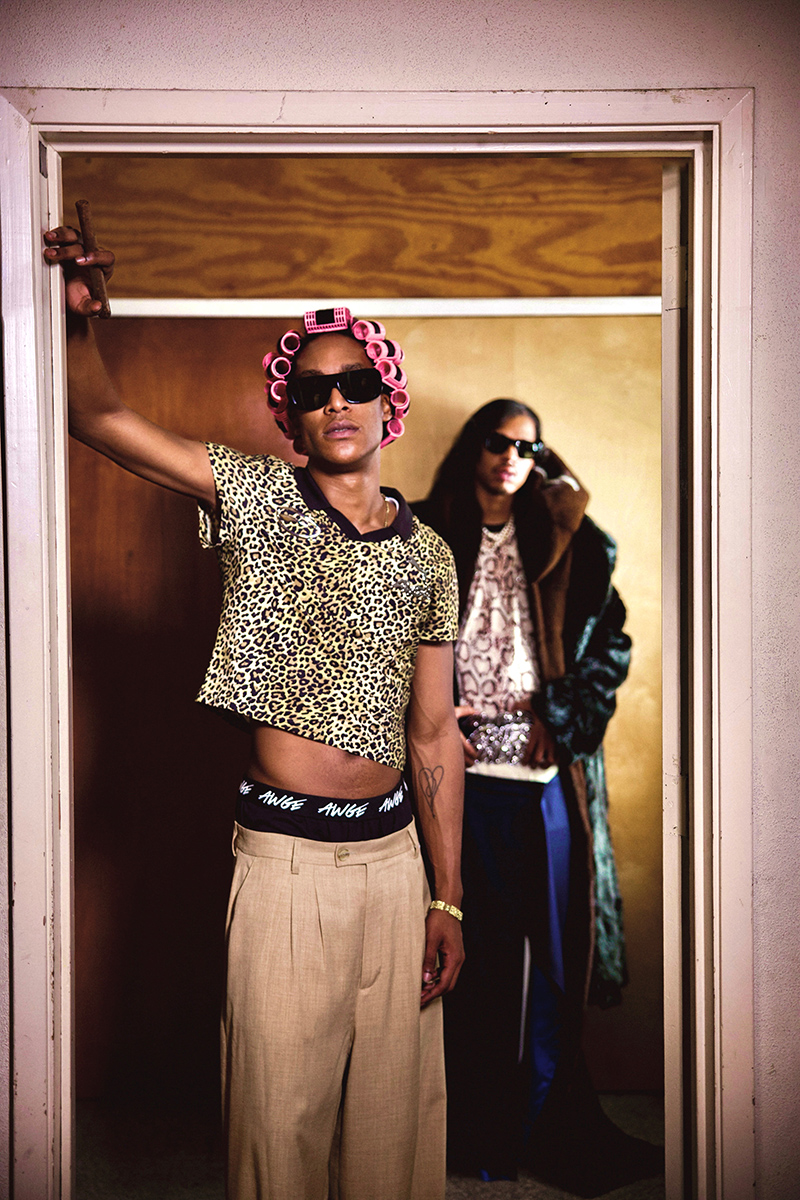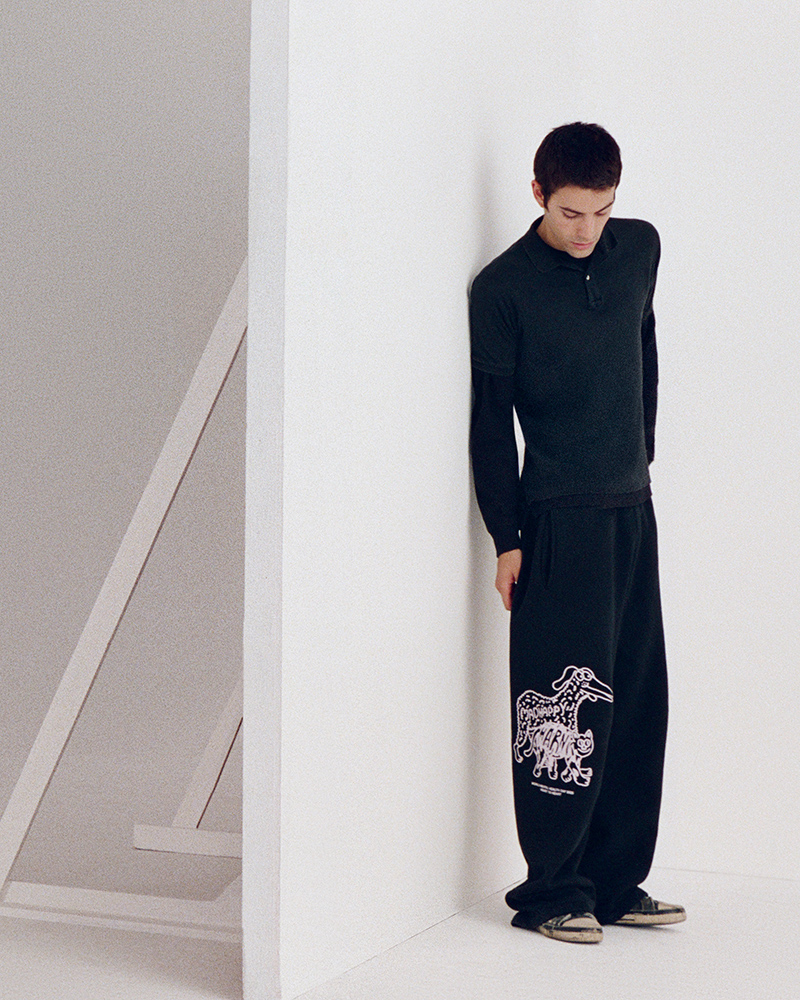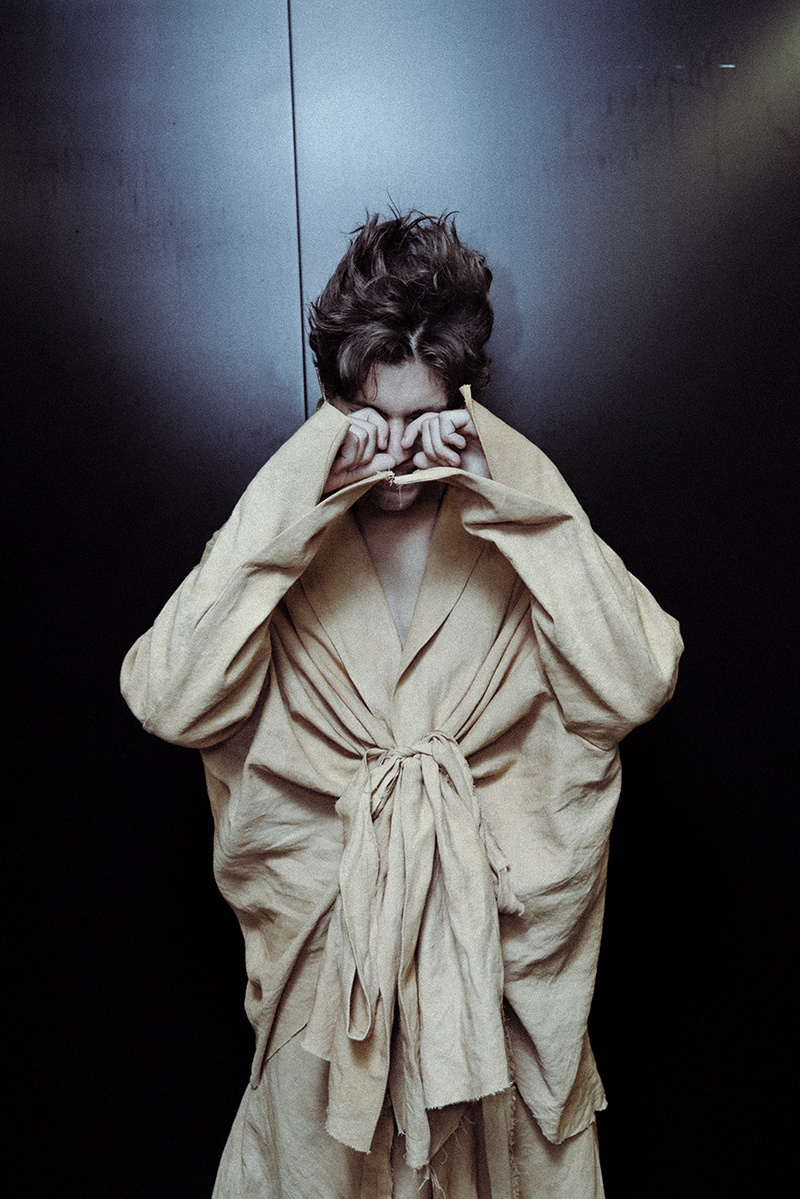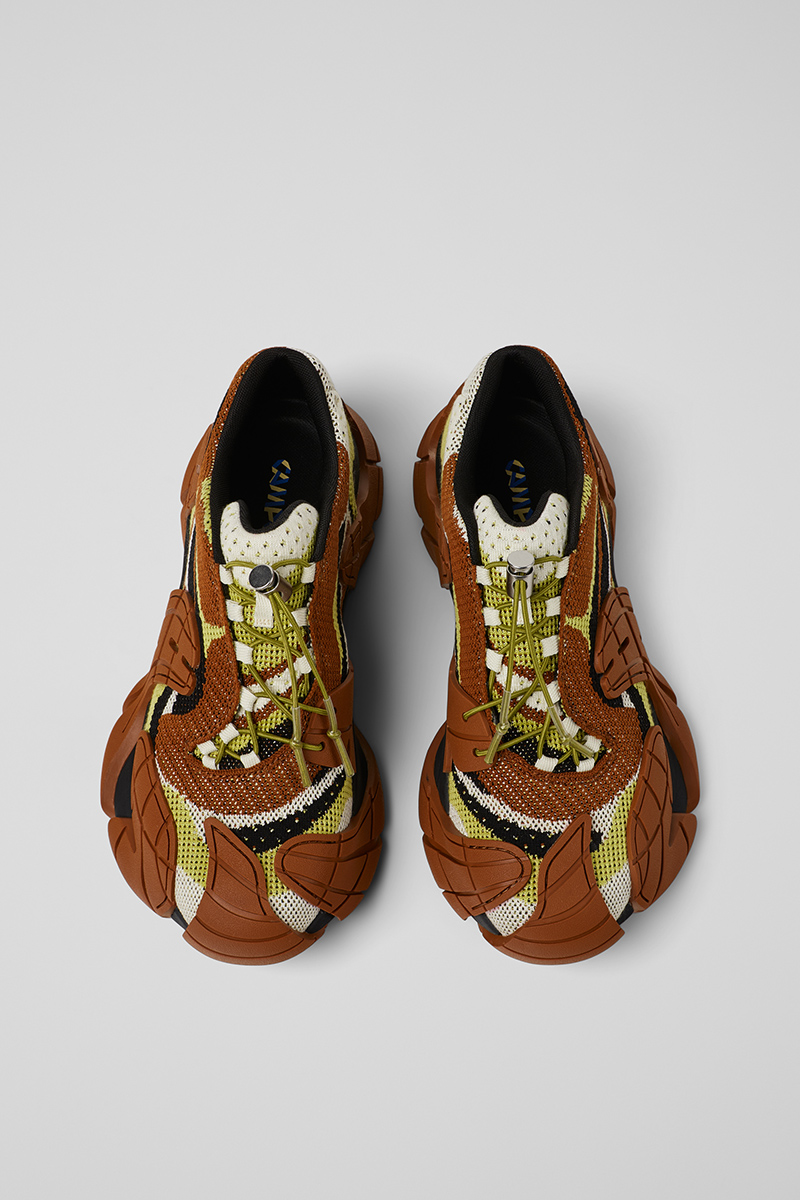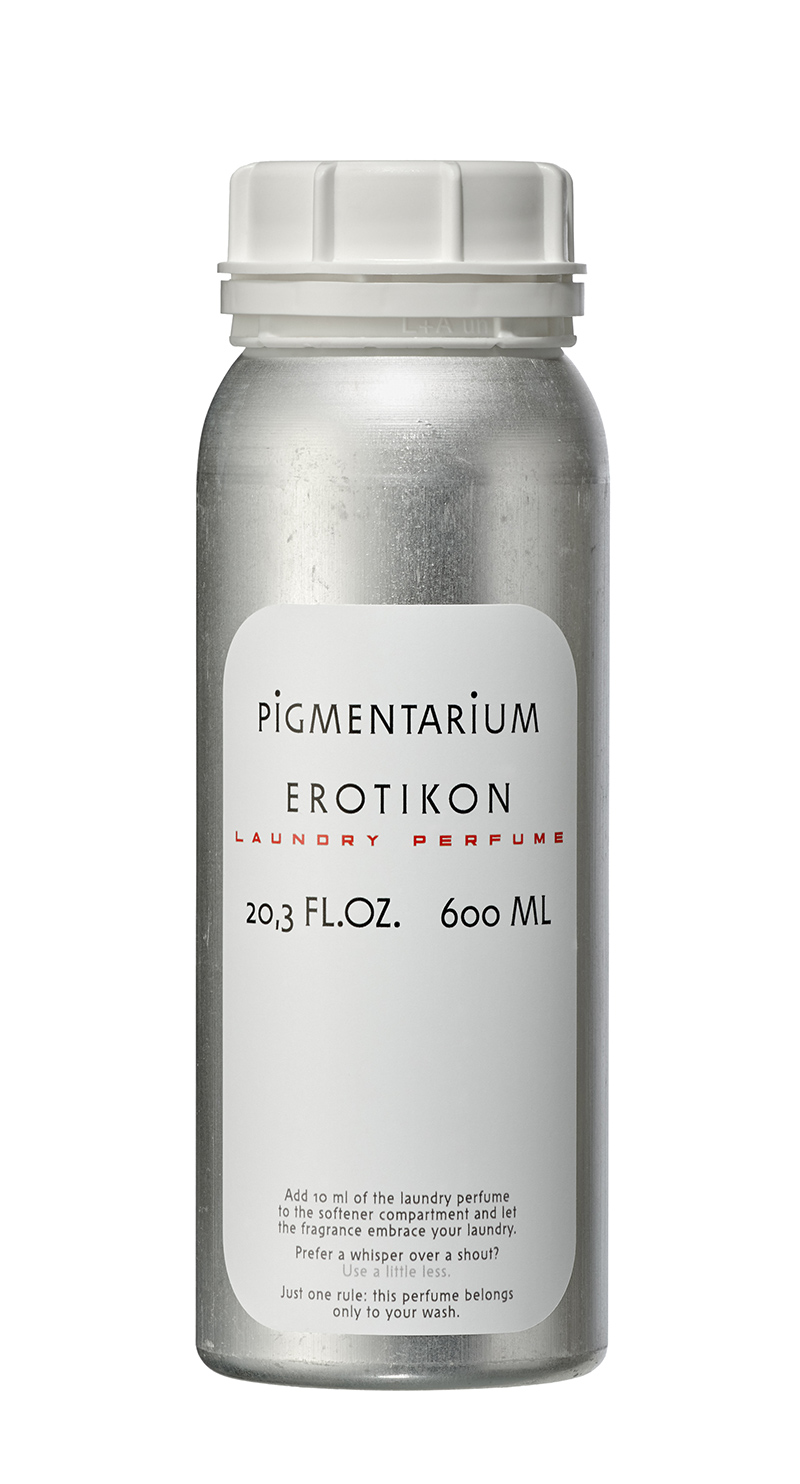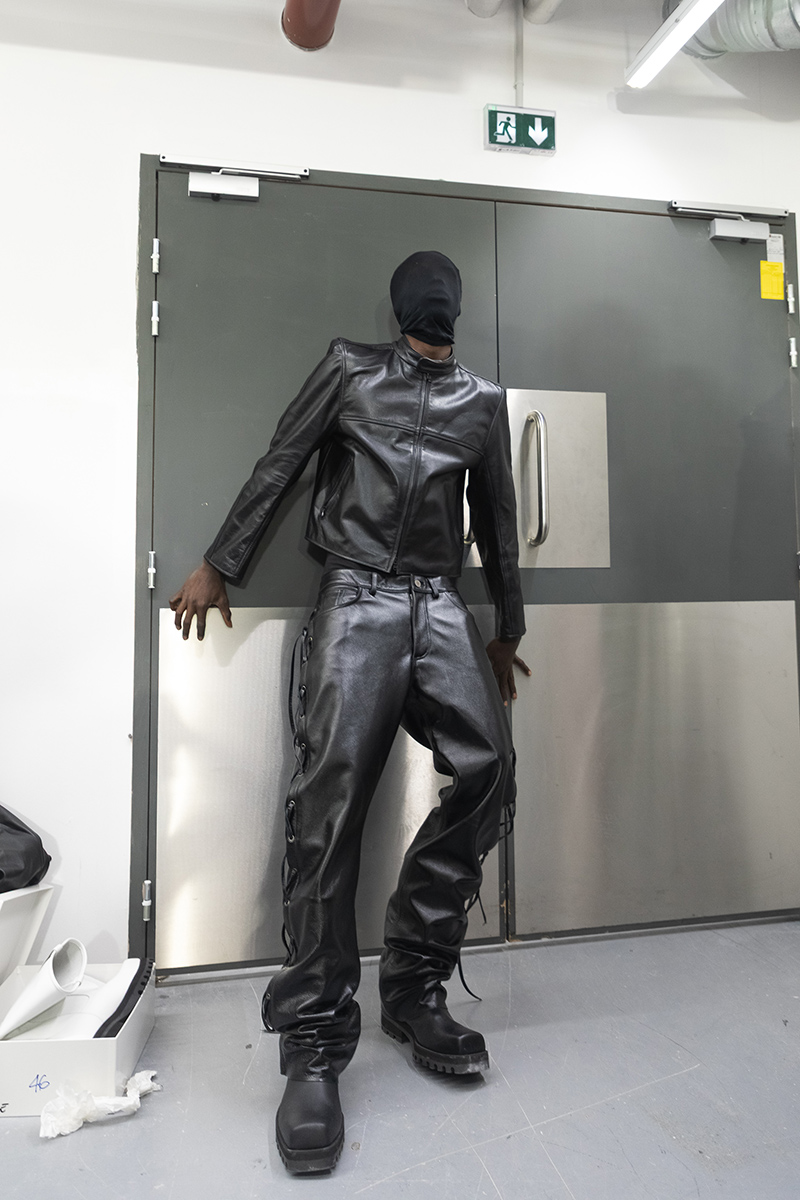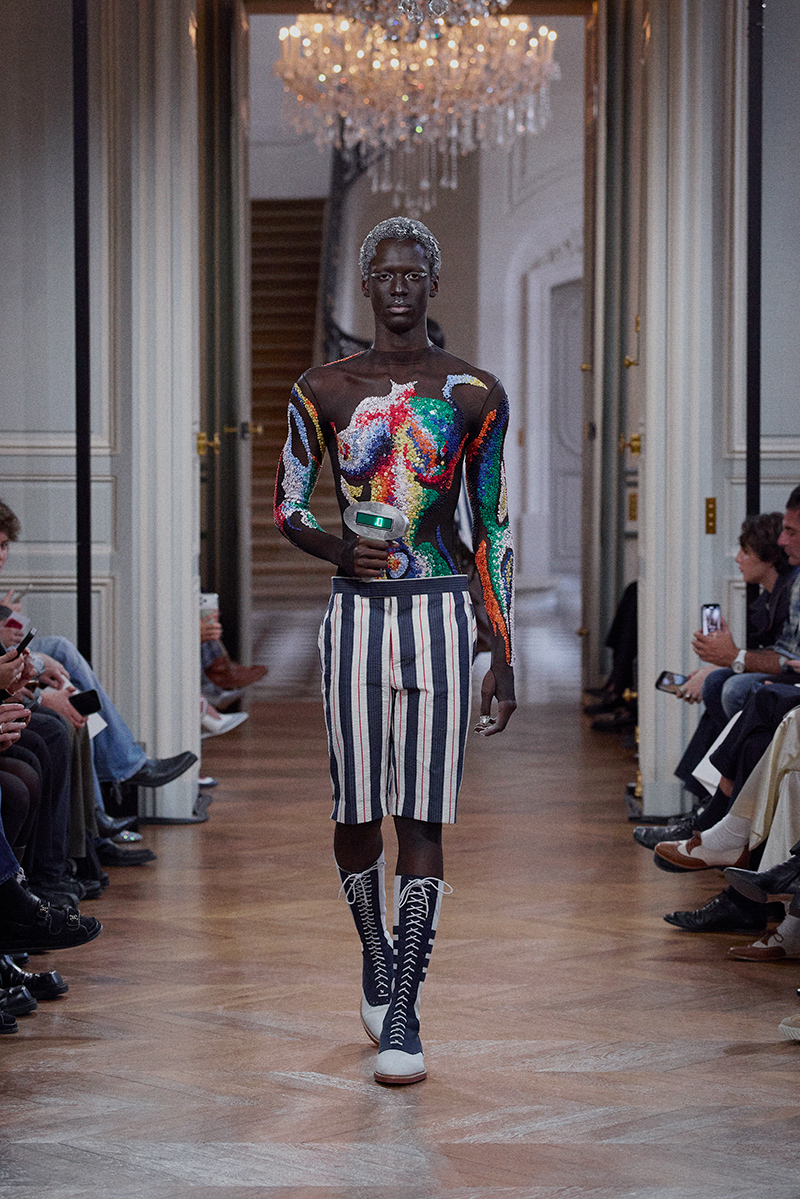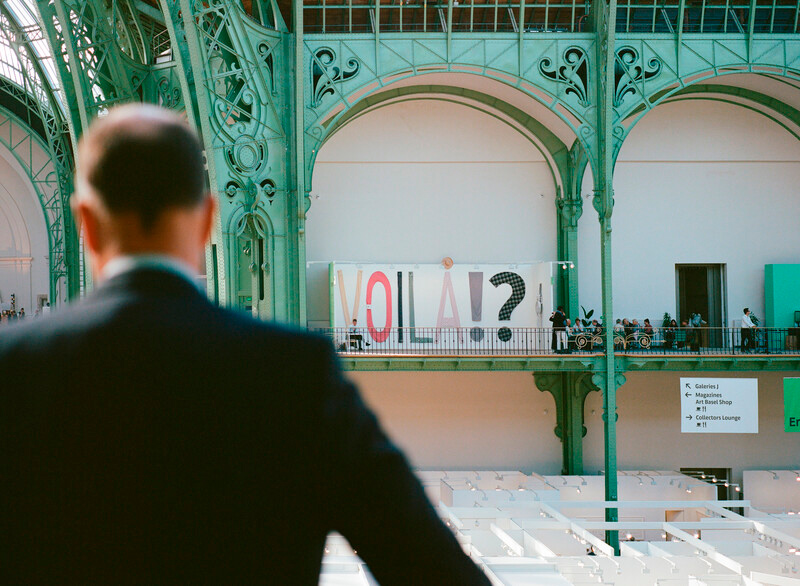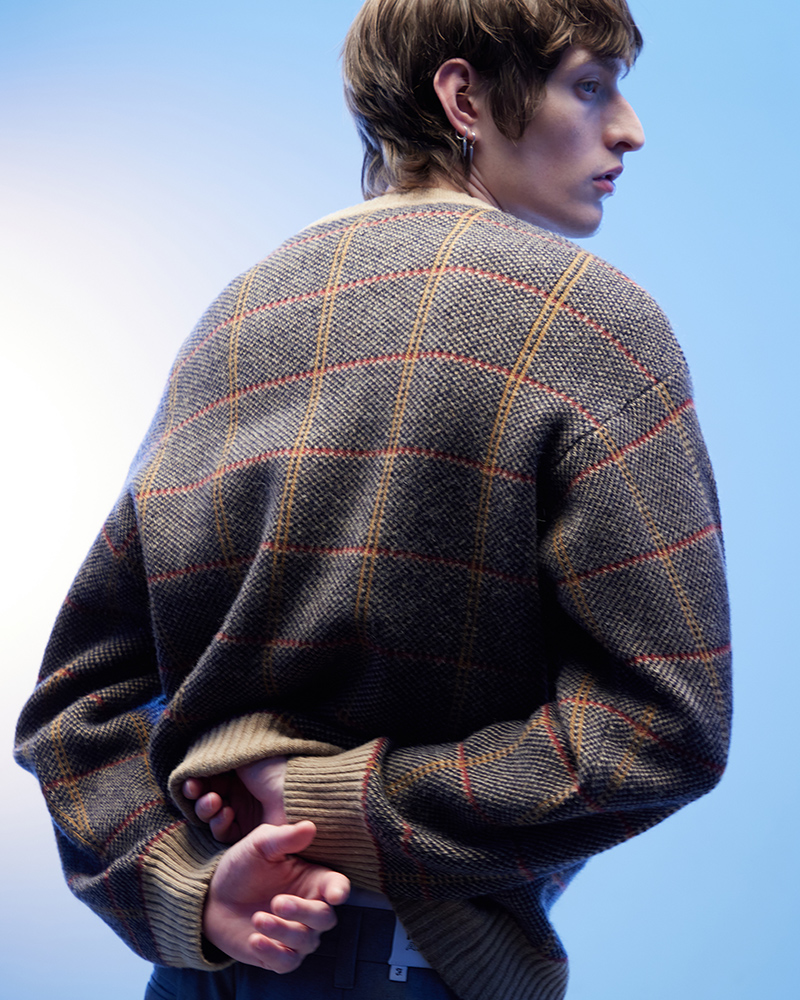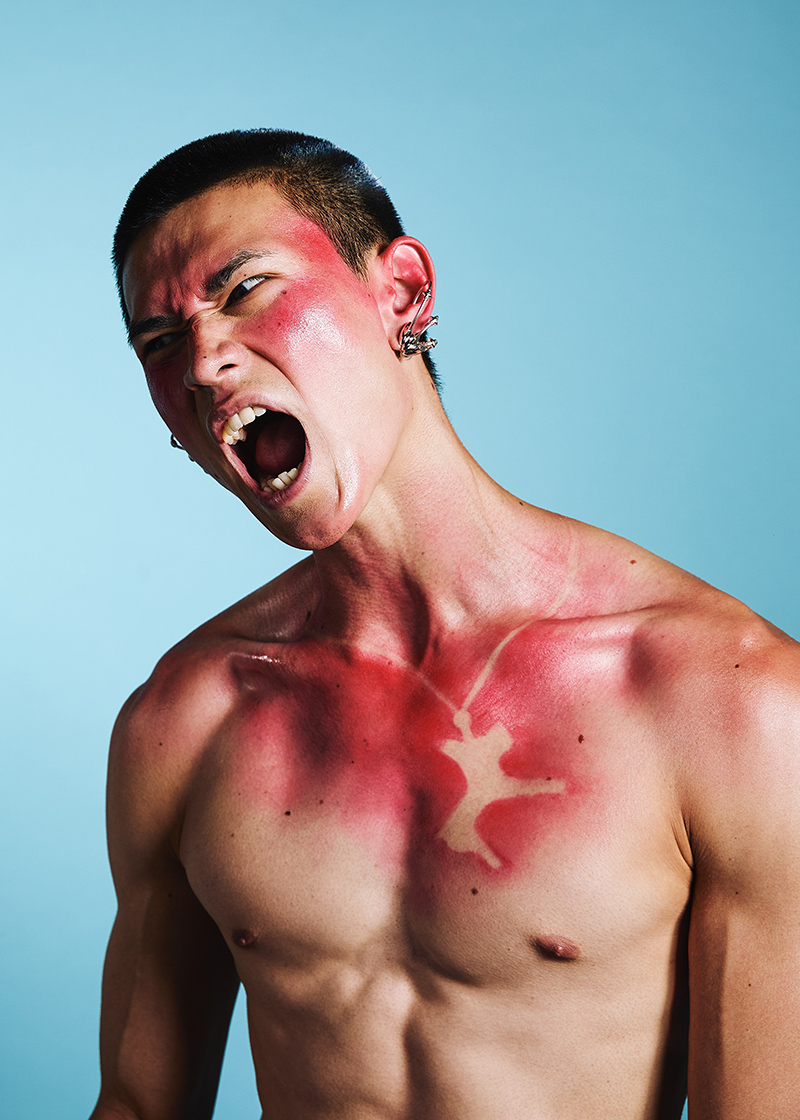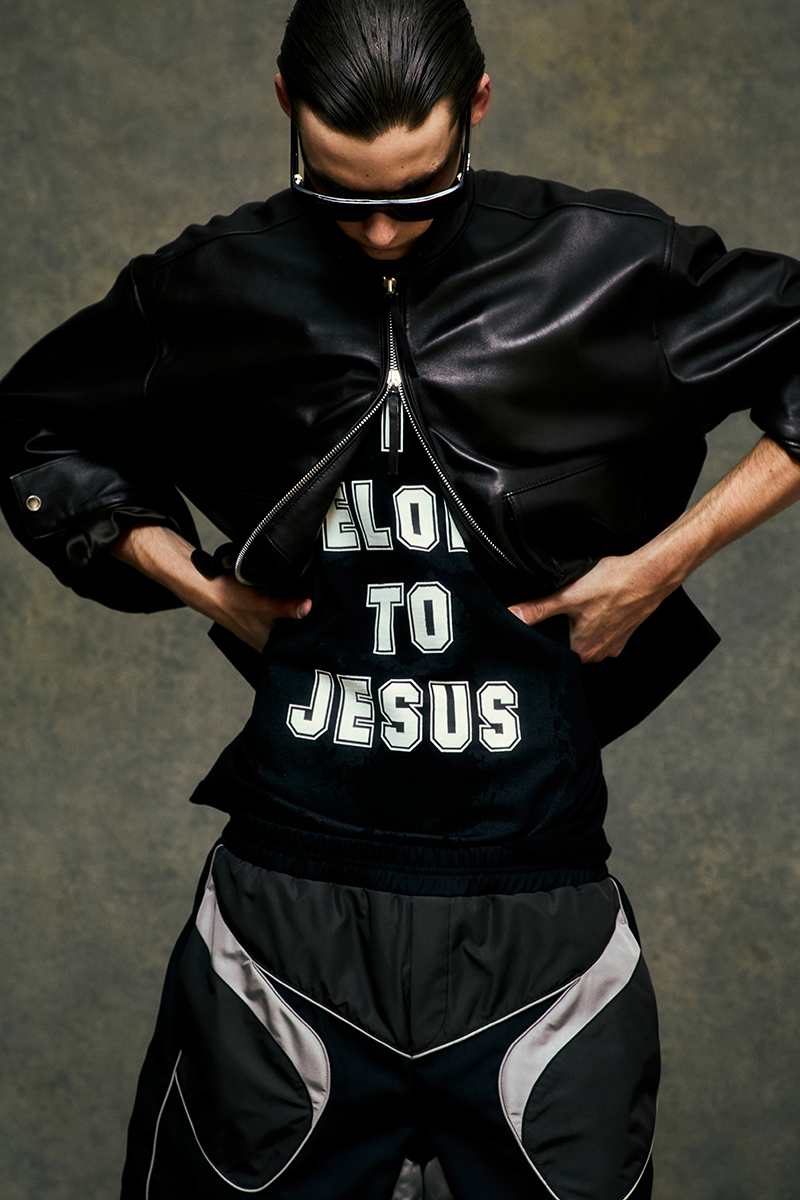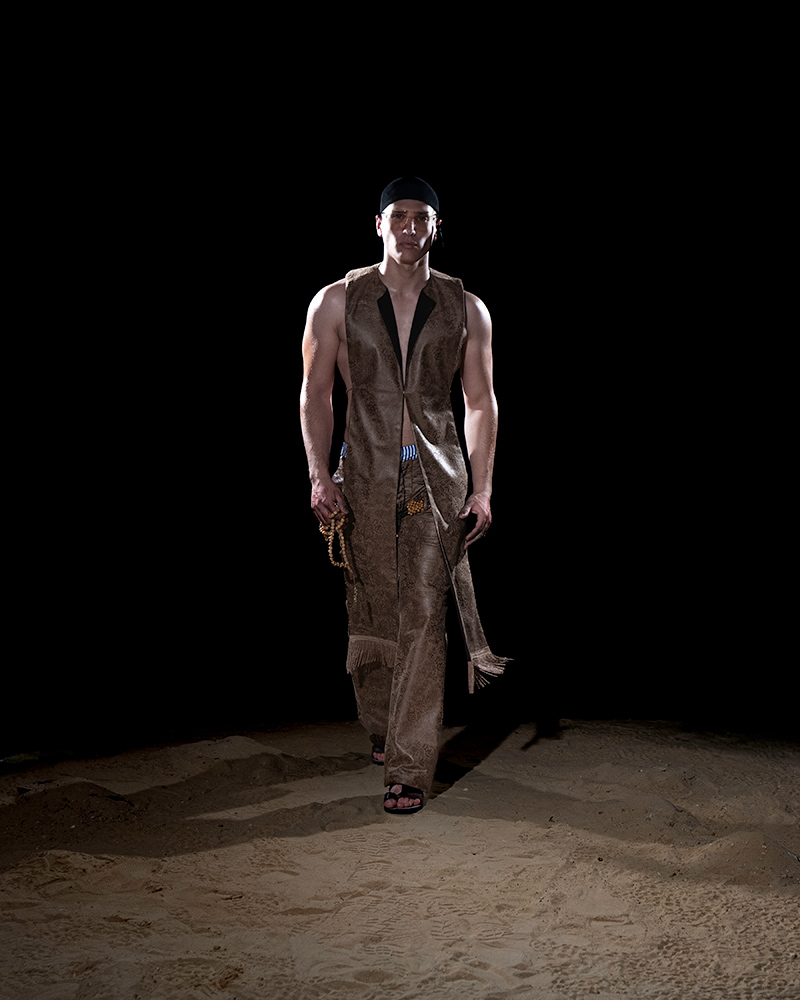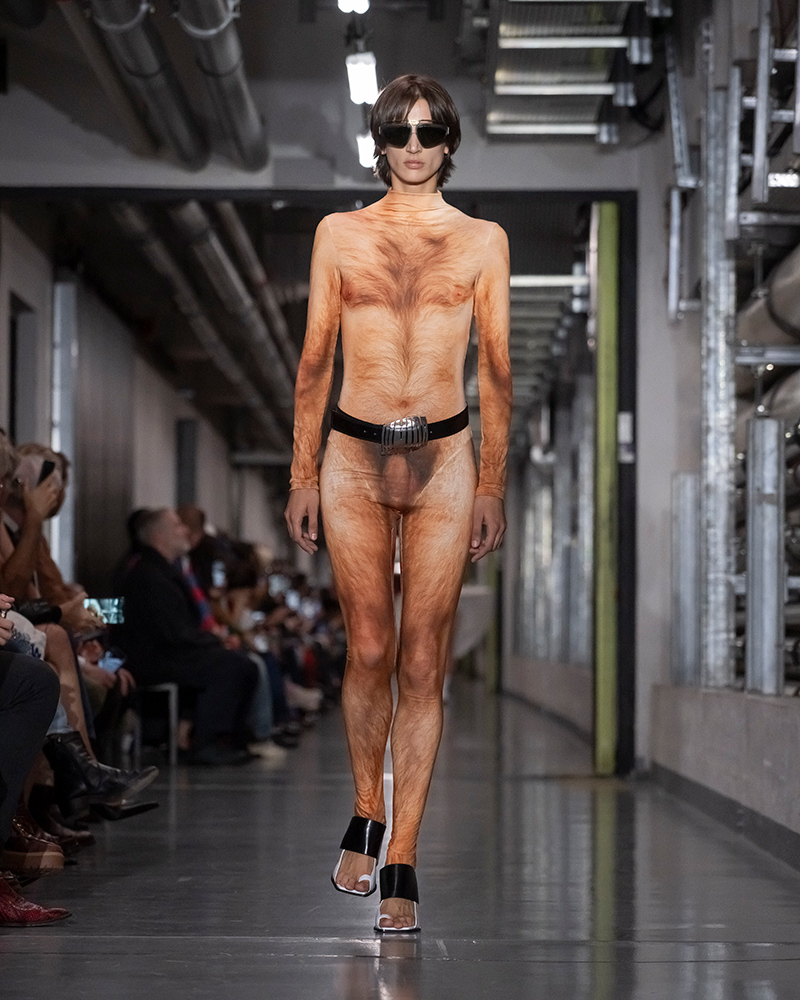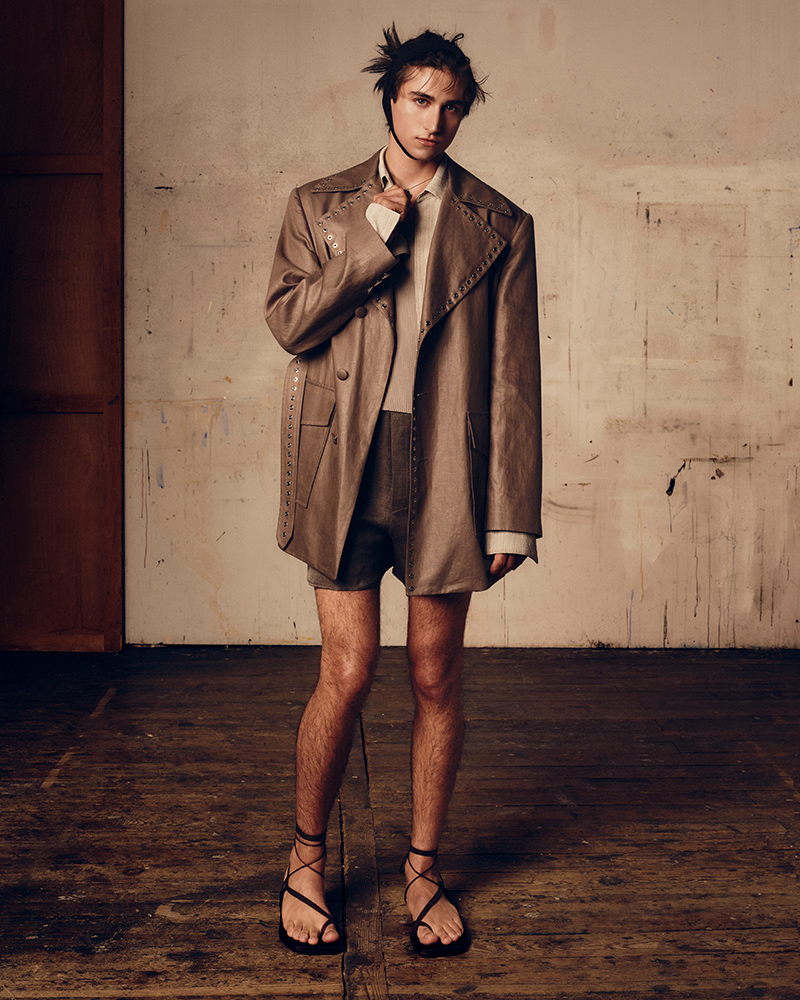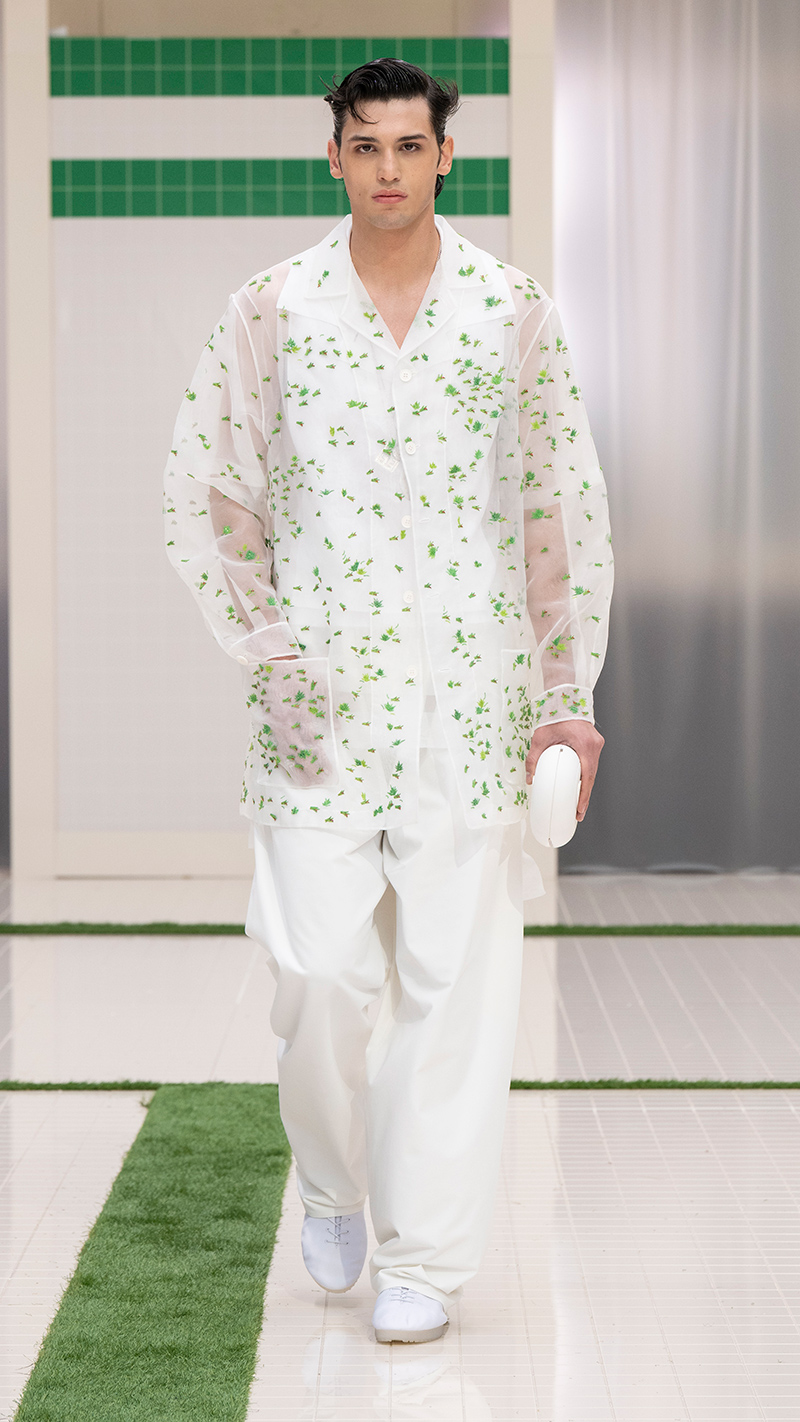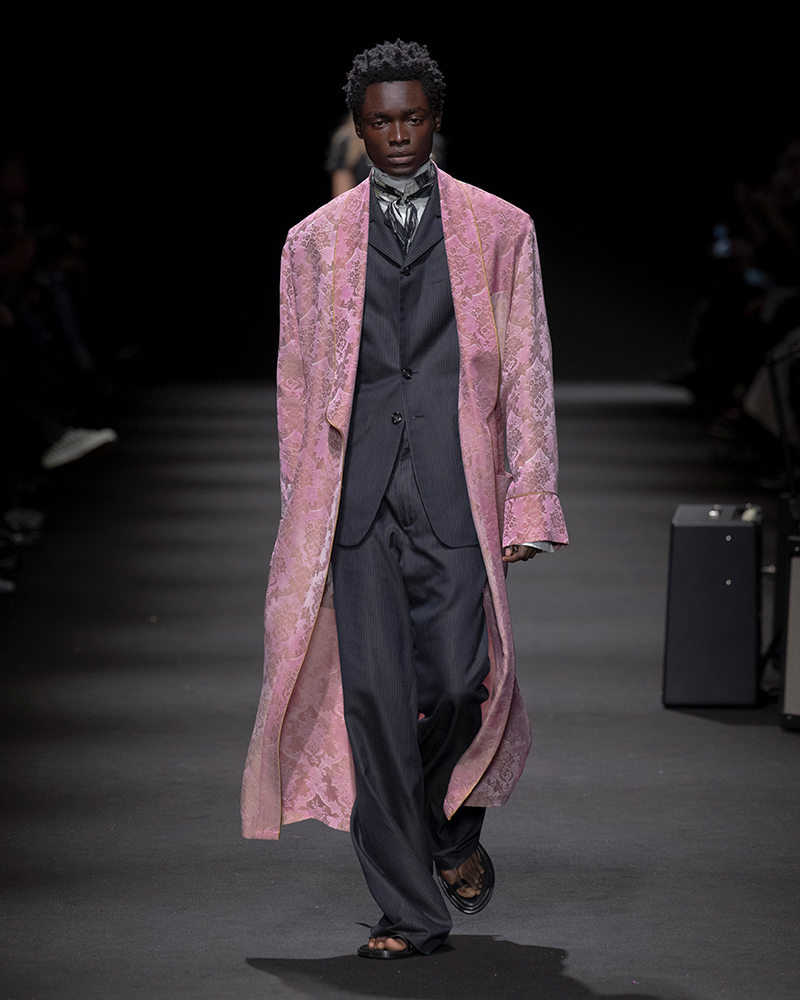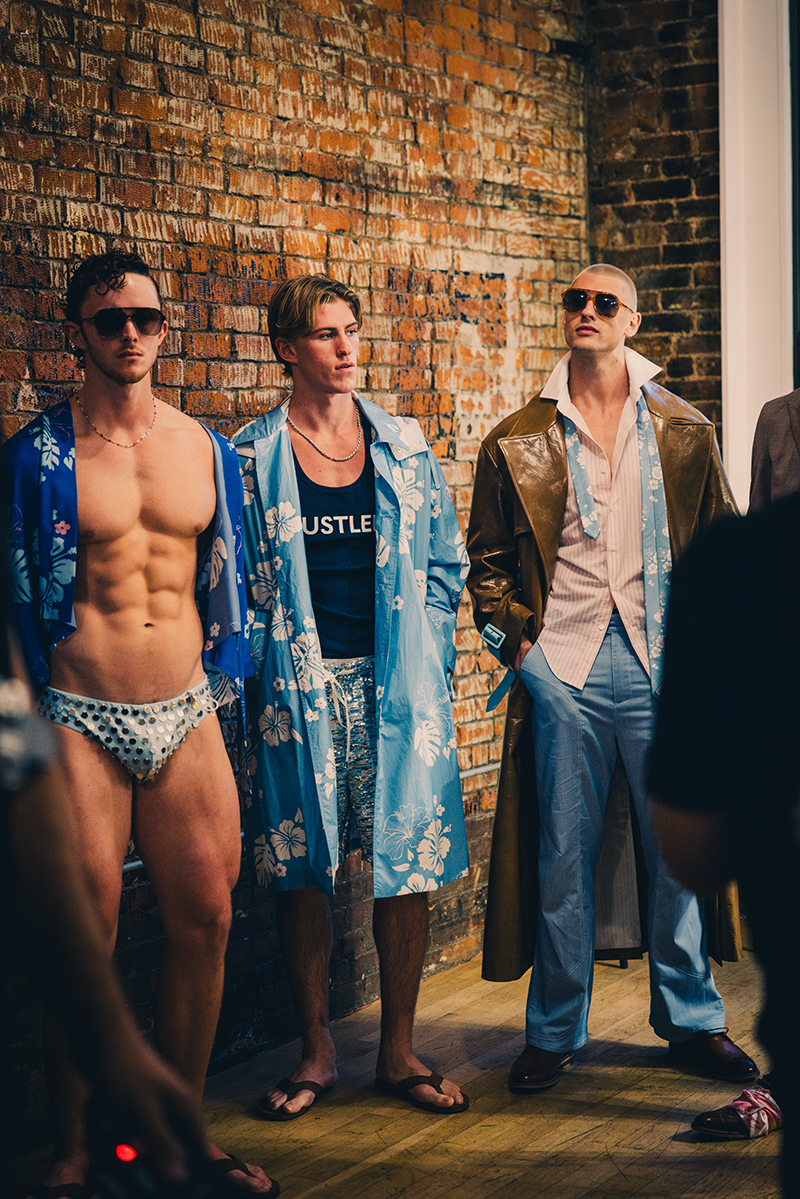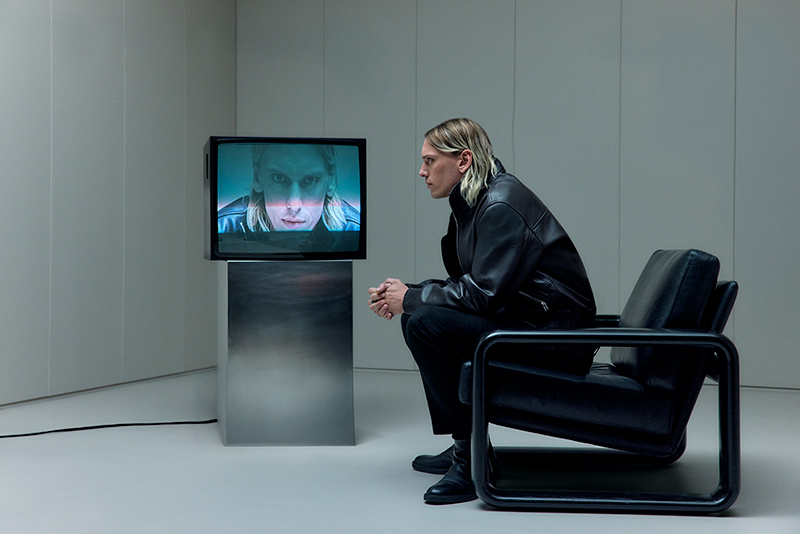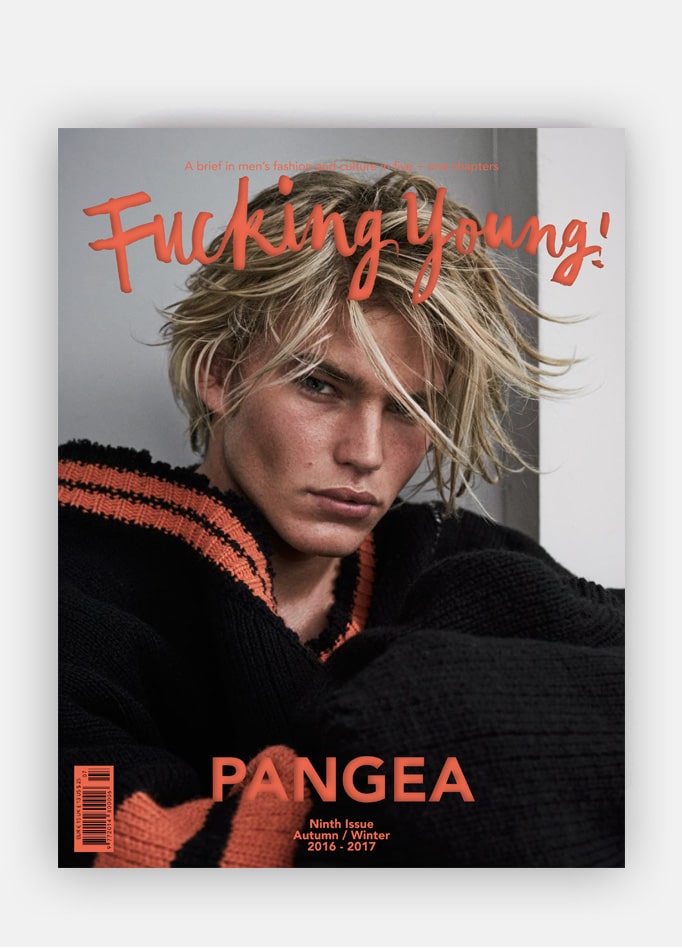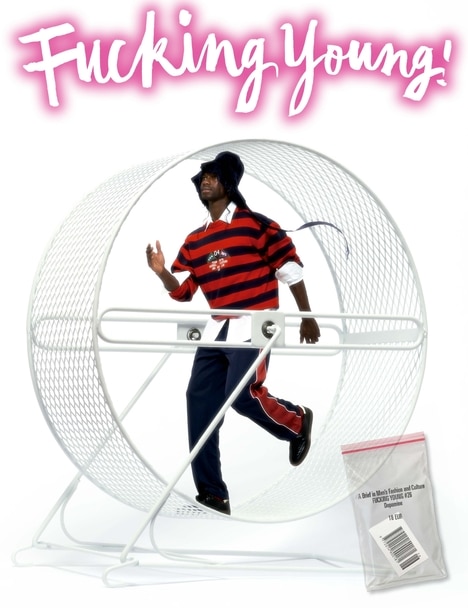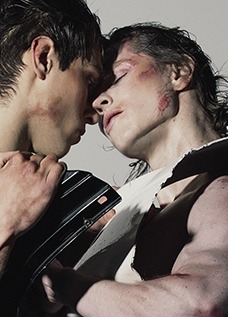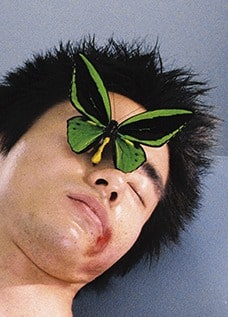Lemachet‘s “Re-arrange” collection, part of their “Non Seasonal 25” series, is a refreshing departure from traditional menswear. The Andalusian brand deftly intertwines classic tailoring with modern, avant-garde elements, creating a unique and evocative aesthetic.
At the heart of “Re-arrange” lies a desire to challenge conventional notions of masculinity. By incorporating pastel tones, floral motifs, and more fluid silhouettes, Lemachet proposes a new, more liberated form of masculinity that embraces sensitivity, vulnerability, and individuality. The collection is a celebration of transformation, inviting viewers to reconsider the boundaries of gender expression in fashion.
The balance between traditional tailoring and modern elements is expertly executed. Tailored jackets with fitted waists and soft, floral accents create a harmonious contrast that defines the contemporary man. The use of sustainable practices and materials further enhances the collection’s appeal, demonstrating Lemachet’s commitment to ethical fashion.

We had a chat with the designer Lucía Sánchez before her show at 080 Barcelona Fashion. Here’s what she told us:
Can you explain the concept behind the “Re-arrange” collection and how it fits within the “Non Seasonal 25” series?
The inspiration behind “RE-ARRANGE” stems from a deep desire to reorganize the conventional structures that have defined men in fashion. Lemachet challenges these norms, proposing a new pattern that flows with softness and precision, evoking a renewed masculinity, freer and more in tune with the current times. It is an ode to transformation, where each garment expresses a new masculine energy, more effective and harmonious.
What inspired the desire to reorganize the conventional structures of men’s fashion? How did you envision this new, more liberated form of masculinity?
I envisioned this new, more liberated form of masculinity as one that breaks away from rigid, traditional norms. It embraces softness, sensitivity, and fluidity while still maintaining strength. This vision reflects a man who is confident in expressing vulnerability, open to change, and more in tune with his emotions. By blending elements like pastel tones and floral motifs with traditional tailoring, I aimed to redefine masculinity as something more dynamic, free, and harmonious, reflecting the complexities of the modern man.
How does the collection challenge traditional notions of masculinity? What elements or details convey this new, more fluid and expressive approach?
The pastel tones and floral motifs that infuse the pieces of “RE-ARRANGE” symbolize this new era of masculinity. With each fabric, a narrative of elegance and modernity unfolds, where elements of traditional tailoring blend with these soft and fresh touches, creating a contrast that defines the contemporary man.
How did you achieve a balance between traditional tailoring elements and modern, avant-garde touches in the collection? Can you provide specific examples?
I believe the key lies in the styling and the incorporation of silhouettes associated with a more “feminine” audience. The combination of the previous points with traditional tailoring allows us to create a balanced collection. Some examples would be to integrate soft tones and floral elements into the garments, as well as incorporating tailored jackets with a more fitted waist, which can accentuate the figure without sacrificing the classic structure of tailoring. This creates a balance between the masculine and the feminine, offering a fresh and modern aesthetic.
Did you incorporate any sustainable practices or materials into the design and production process? If so, can you elaborate on your approach to sustainable fashion?
Yes, I incorporated sustainable practices and materials into the design and production process. As a small, family-run brand, our production process is sustainable. We support local commerce and incorporate zero-waste garments in every collection By integrating these sustainable practices, I hope to inspire others in the fashion industry to prioritize the planet and people while still delivering innovative and beautiful designs.
How would you describe the overall aesthetic of the “Re-arrange” collection? What emotions or messages do you hope it evokes in the viewer?
I would describe it as a simple yet somewhat revolutionary aesthetic. Love and sensitivity. I believe the word “love” is what drove this collection—the love and inspiration I feel from all the people who make up Lemachet.
Check out the collection below:
